Physical Address
304 North Cardinal St.
Dorchester Center, MA 02124
 |
 |
 |
| Isolated Mild Unilateral Ventriculomegaly Brain structurally normal Good prognosis |
Isolated Bilateral Ventriculomegaly Brain structurally normal Often mild Good prognosis |
Porencephaly CSF-filled cavity Communicates (usually) with ventricle Ischemia and infection most common causes |
 |
 |
 |
| Hemorrhage Variety of maternal and fetal etiologies May cause hydrocephalus |
Aqueductal Stenosis Variety of acquired (hemorrhage, infection) and malformative etiologies Severe ventriculomegaly, including the third with normal fourth ventricle Ventricular diverticula Enlarged head circumference |
Dandy-Walker Malformation Hypoplastic and rotated vermis Fourth ventricle enlarged Large posterior fossa Hydrocephalus |
 |
 |
 |
| Chiari 2 Malformation Small posterior fossa with crowding (“banana sign”) Hindbrain herniation Small head circumference “Lemon”-shaped calvarium Hydrocephalus Myelomeningocele |
TORCH Infection Parenchymal calcification Volume loss and ventriculomegaly +/- malformations |
Callosal Dysgenesis/Agenesis May be isolated or occur with other malformations Colpocephalic ventriculomegaly Severe ventriculomegaly with coexisting aqueductal obstruction |
 |
 |
 |
| Hypoxic Ischemic Injury Variable pattern based on mild, moderate (watershed) versus severe insult (central gray or diffuse) Image at 3 to 5 days post insult |
Hypoglycemia Posterior predilection Symmetric restricted diffusion in acute phase Atrophy in chronic phase |
Metabolic Disorders Disorders presenting in the neonatal period and mimicking hypoxic ischemic injury (HII) include urea cycle disorders, nonketotic hyperglycinemia, maple syrup urine, and sulfite oxidase. |
 |
 |
 |
| Meningoencephalitis Group B strep and Escherichia coli most common causes in neonates Leptomeningeal enhancement Purulent debris in the subarachnoid space and ventricles Cerebritis/central and peripheral infarcts Subdural empyema |
Dural Venous Sinus Thrombosis Etiology most commonly from dehydration or coagulopathy Peripheral, central, or combined venous Parenchymal venous edema, infarct, and/or hemorrhage |
Arterial Stroke Variety of fetal and maternal causes (e.g., coagulopathy, arteriopathy, thromboembolic, etc.); often idiopathic Entire or partial singular or multiple arterial territories Middle cerebral artery distribution most common |

 |
 |
 |
| Hydrocephalus Disproportionate enlargement of the ventricles relative to the sulci |
Germinal Matrix Hemorrhage Hyperechoic material at caudalthalmic groove |
Periventricular Venous Hemorrhagic Infarct Complication of prematurity that results in a parenchymal hemorrhage |
 |
 |
 |
| Intraventricular Hemorrhage Hyperechoic intraventricular material and hyperechogenic ependymal lining |
Subdural Hemorrhage Often seen with abusive head trauma and coagulopathy |
Meningitis Expanded hyperechoic subarachnoid spaces |
 |
 |
 |
| Stroke Wedge-shaped region of loss of gray-white matter differentiation Challenging diagnosis on ultrasound |
Hypoxic Ischemic Injury Effaced sulci and poor gray-white matter differentiation |
Subpial and Parenchymal Hemorrhage Hyperechoic region within the parenchyma and adjacent extra-axial space |
 |
 |
 |
| Vein of Galen Aneurysmal Malformation Hypoechoic structure in the pineal region with arterial and venous flow |
Callosal Malformation Common brain malformation |
Simplified Gyral Pattern Undersulcation of the brain with respect to age |
 |
 |
 |
| Classical Lissencephaly Agyria-pachygyria (broad thickened cortex); may be complete (diffuse) or incomplete with anteroposterior gradient |
Simplified Gyral Pattern Diffuse undergyration of the brain parenchyma |
Schizencephaly Dysplastic gray matter lined open or closed CSF-filled clefts |
 |
 |
 |
| Polymicrogyria Excessive number of abnormally small gyri and sulci; may be unilateral or bilateral |
Pachygyria Thickened cortex with broad gyri |
Heterotopia Anomalously located gray matter, which can be subependymal, subcortical, or transmantle |
 |
 |
 |
|
| Hemimegalencephaly Enlarged dysplastic hemisphere with enlarged ventricle Can partially affect the cerebral hemisphere Can be isolated or syndromic |
Stenogyria Apparent increase in number of gyri due to collapse of normal gyri without dysplasia Associated with Chiari 2 malformation |
Ulegyria Ischemic cortical insult to the brain that preferentially involves the cortex within the depth of sulcus, creating “mushroom-shaped” gyri |
|
 |
 |
||
| Cobblestone Lissencephaly Thickened cortex with nodules of gray matter deep to the cortex associated with congenital muscular dystrophies such as Walker-Warburg |
Band Heterotopia Band of gray matter deep to the cortex separated by subcortical white matter. Shallow sulci and ventriculomegaly may coexist. |
||
 |
 |
 |
| Callosal Agenesis Malformation resulting in complete absence of the corpus callosum. |
Callosal Hypogenesis and Dysgenesis Malformation resulting in incomplete (hypogenesis) or partial dysplastic (dysgenesis) formation of the corpus callosum. |
Callosal Agenesis with Interhemispheric Cyst Coexisting interhemispheric cysts may or may not communicate with the ventricle. |
 |
 |
 |
| Holoprosencephaly Semilobar and lobar holoprosencephaly demonstrates greater posterior than anterior formation of the corpus callosum. |
Callosal Lipoma Globular or curvilinear lipomas demonstrate T1W hyperintensity. |
Callosal Thinning and Defects Callosal thinning and callosal defects can be secondary to white matter volume loss and injury due to HII, hemorrhage, or surgery. |
 |
 |
 |
| Alobar | Semilobar | Lobar |
| Finding | Alobar | Semilobar | Lobar |
|---|---|---|---|
| Craniofacial anomalies | Severe | Variable | Absent or mild |
| Ventricles | Monoventricle | Rudimentary occipital horns | Squared-off frontal horns |
| Septum pellucidum | Absent | Absent | Absent |
| Falx cerebri | Absent | Partial | Well-formed |
| Interhemispheric fissure | Absent | Partial | Present |
| Thalami, basal ganglia | Fused | Partial fusion | Separated |
 |
 |
 |
||
| Encephalomalacia Old infarcts, trauma, and infections can result in encephalomalacia. |
Hemimegalencephaly Hamartomatous overgrowth of a part or entire cerebral hemisphere characteristically demonstrating polymicrogyria and ipsilateral enlarged lateral ventricle.Caused by PIK3/Akt/mTOR pathway mutations. |
Rasmussen Encephalitis Refractory epilepsy caused by a viral, autoimmune, or inflammatory process. Progressive atrophy and subcortical T2 hyperintensity of a cerebral hemisphere. Typically involves the temporal, frontal, and insular lobes. |
||
 |
 |
|||
| Porencephaly Prematurity-related periventricular hemorrhagic ischemia can result in focal parenchymal destruction and ventricular expansion, resulting in asymmetry. Following shunting, the brain will often collapse internally and become asymmetrically smaller. |
Sturge-Weber Chronic venous ischemia results in progressive parenchymal volume loss and cortical dystrophic calcification. Calvarial hypertrophy and paranasal sinus expansion. Enlarged ipsilateral choroid plexus. Glaucoma. |
|||
 |
 |
 |
| Arachnoid Cyst Arachnoid-lined extra axial CSF-filled cyst following simple fluid signal on all sequences most commonly found in the middle cranial fossa |
Epidermoid Cyst Ectoderm derived extra axial lesions with diffusion restriction |
Colloid Cyst Anterior superior third ventricle cyst with variable signal intensity/density that may cause acute hydrocephalus |
 |
 |
 |
| Rathke Cyst Congenital cyst centered in the sella |
Pineal Cyst Usually an incidental finding. Follow-up imaging can be recommended if larger than 1 cm or wall thickening greater than 1–2 mm |
Choroidal Fissure Cyst Simple cyst in the medial temporal lobe above the fimbria/alveus |
 |
 |
 |
| Neurenteric Cyst Cyst anterior to the pontomedullary junction Variable signal based on protein content |
Choroid Plexus Cyst Simple cyst of choroid plexus typically not of clinical significance but can be seen with trisomies |
Neuroepithelial Cyst Also known as neuroglial cyst; congenital epithelial lined and can occur anywhere Typically simple fluid signal |
 |
 |
 |
| Cystic Periventricular Leukomalacia Irregular cystic spaces in periventricular white matter due to parenchymal insult in premature patients |
Germinolytic Cyst Congenital or acquired (e.g., posthemorrhagic) cyst(s) centered in the germinal matrix Classically seen with CMV infection and Zellweger syndrome |
Connatal Cyst Normal variant small cysts superior and lateral to frontal horns |
| Differential Diagnosis of Posterior Fossa Cysts. | |||||
|---|---|---|---|---|---|
| Malformation | Vermis | Fourth Ventricle | Posterior Fossa | Hydrocephalus | Occipital Scalloping |
Dandy-Walker Malformation  |
Hypoplastic, markedly rotated | Enlarged | Enlarged | Frequent | Yes |
Inferior Vermian Hypogenesis  |
Inferior portion hypoplastic, and rotated to a lesser extent than Dandy-Walker | Enlarged | Normal or slightly enlarged | Usually absent | No |
Blake Pouch Cyst  |
Normal, slightly upwardly rotated usually less than vermian hypoplasia | Often enlarged | Normal or slightly enlarged | Variable depending on whether the cyst perforates | Possible |
Arachnoid Cyst  |
Normal, occasionally compressed, not rotated | Normal or reduced | Normal or slightly enlarged | Rare | Yes |
Mega Cisterna Magna  |
Normal and not rotated | Normal or slightly enlarged | Normal | Absent | No |
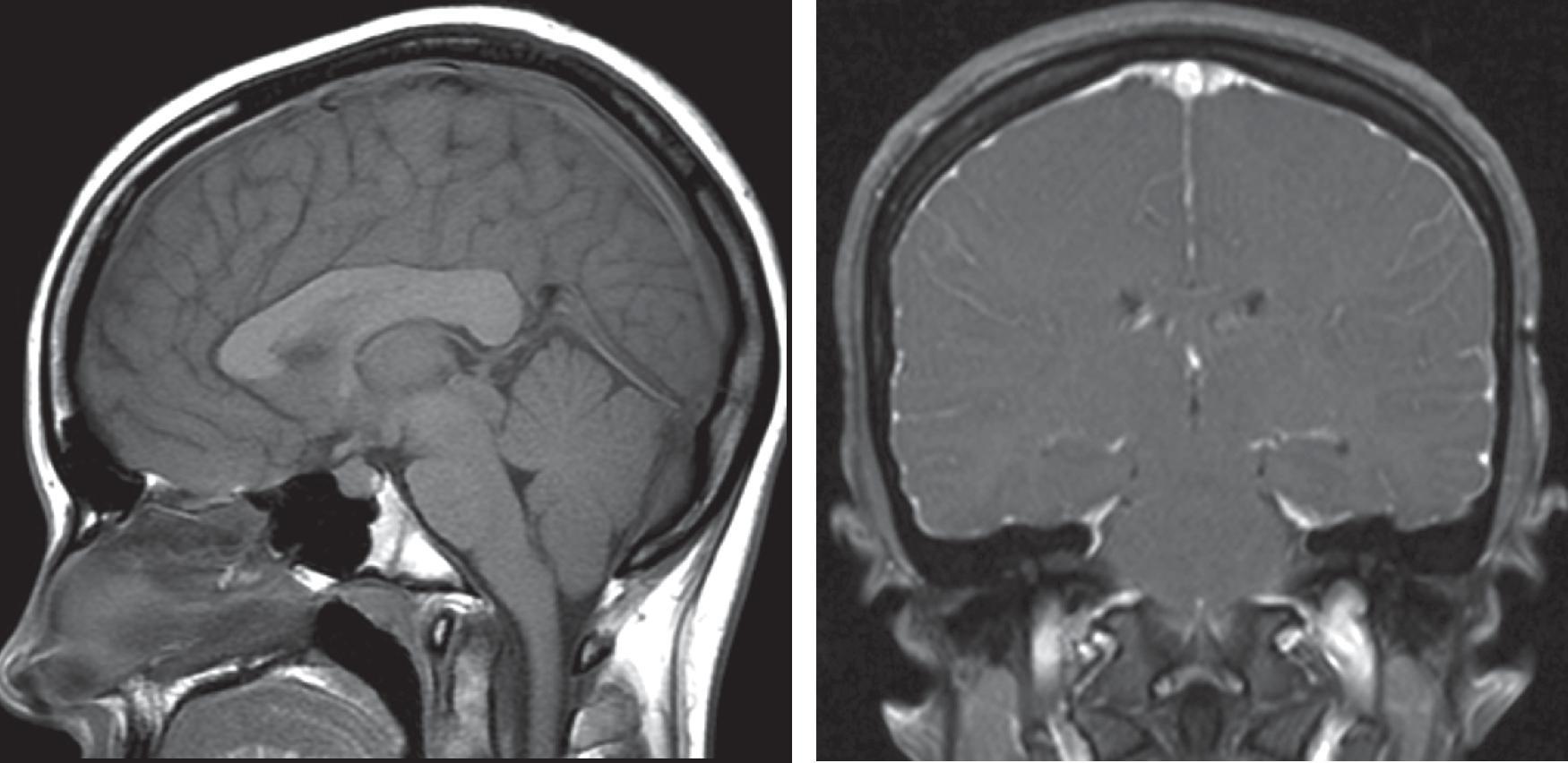
Pachymeningeal enhancement
Enlarged pituitary
Distended dural sinuses
Subdural fluid collections
Decreased mamillopontine distance
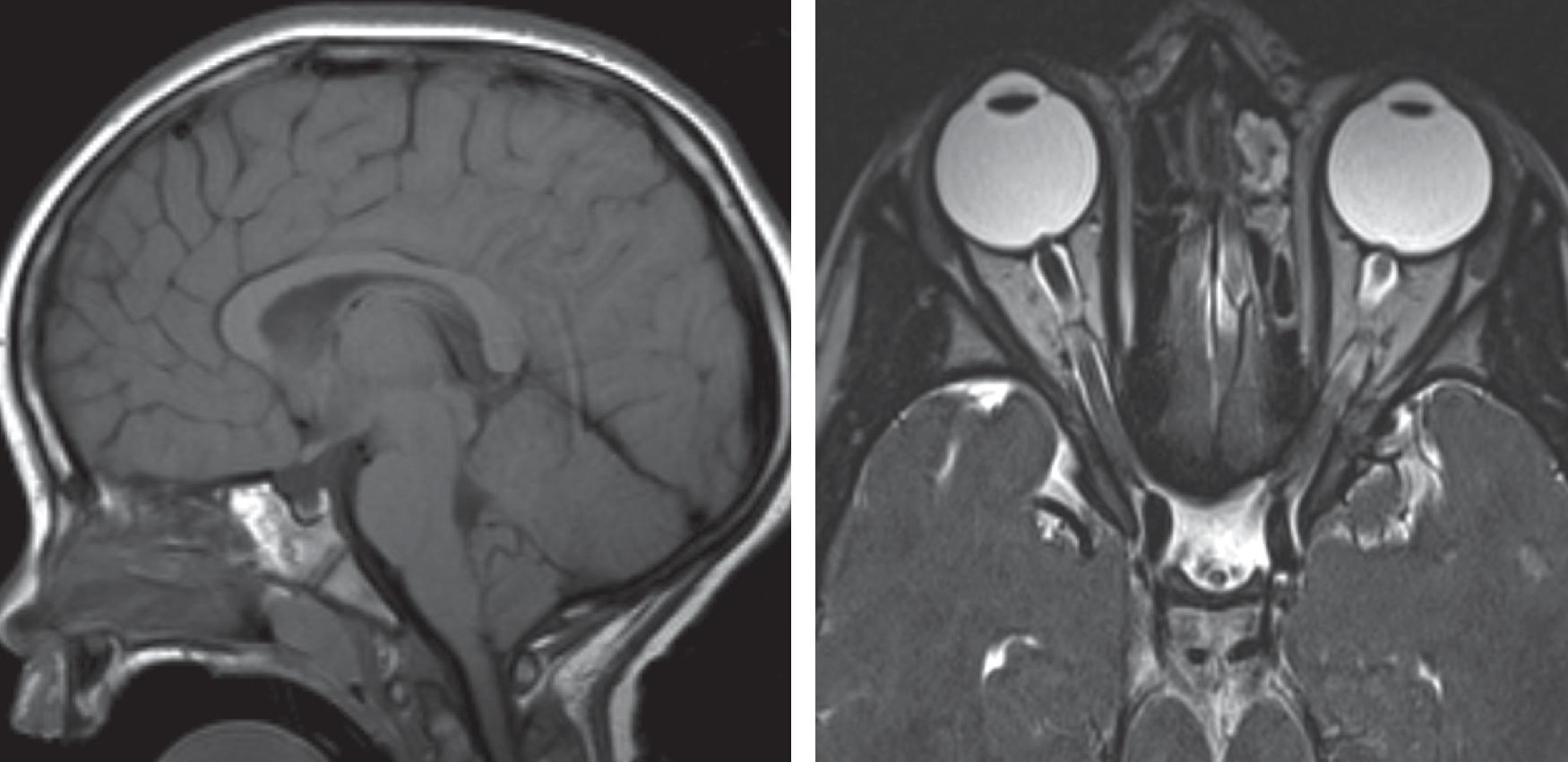
Papilledema
Empty Sella
Optic nerve tortuosity
Optic nerve sheath dilatation
Slit-like ventricles
Transverse sinus compression
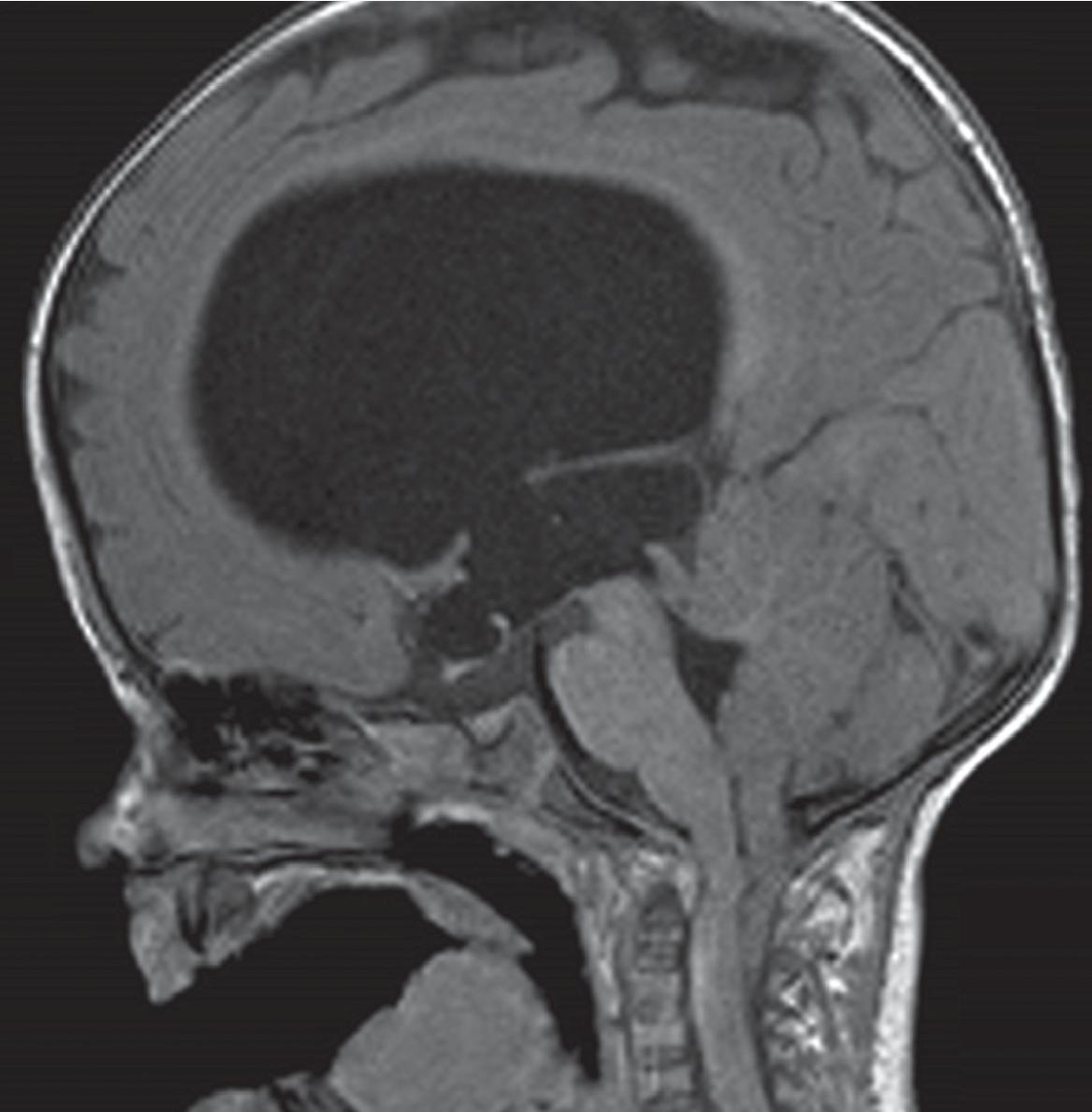
Small posterior fossa.
Chiari 2 has associated myelomeningocele.
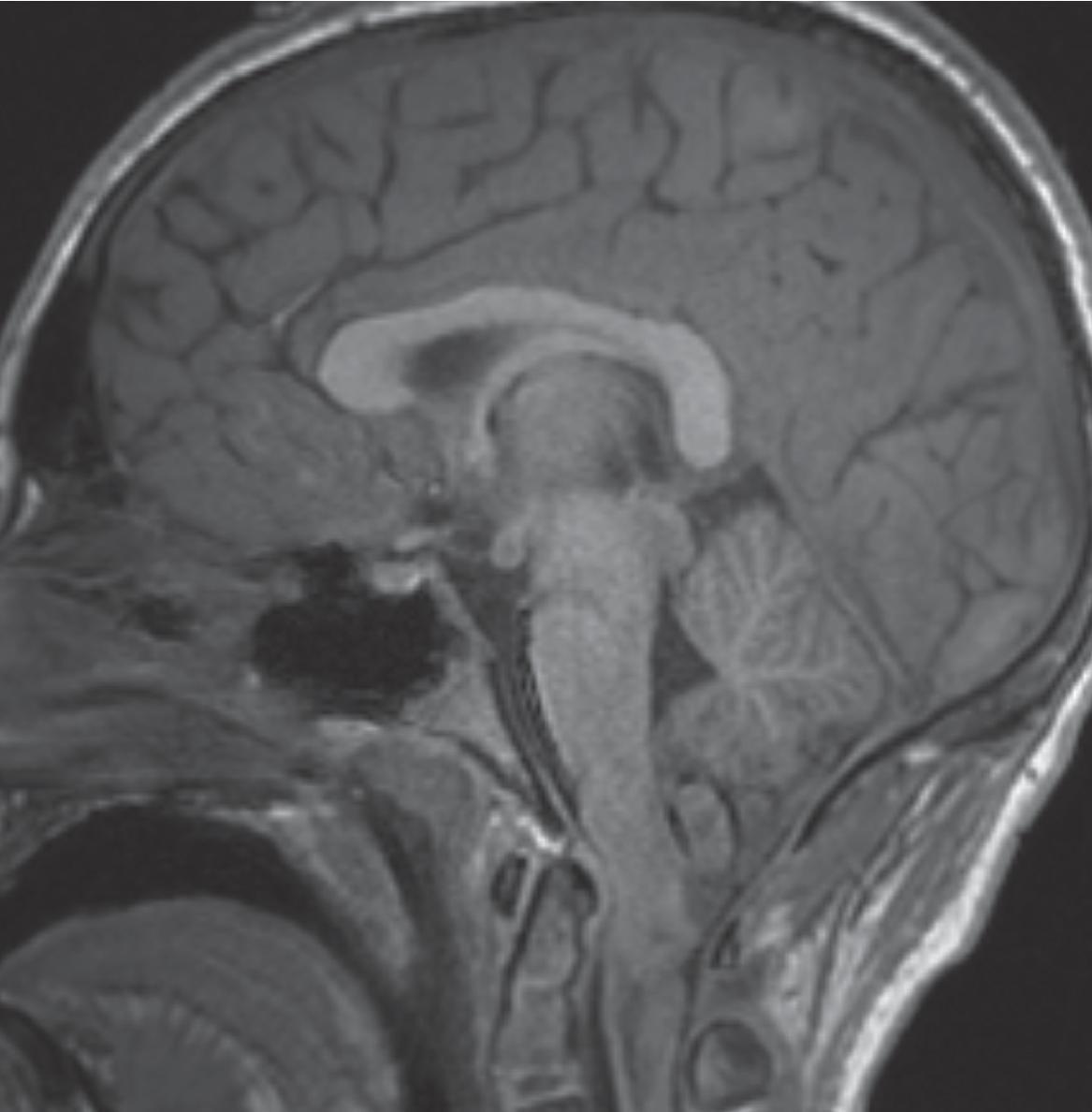
Effaced sulci and cisterns
Multiple causes: Hydrocephalus, cerebral edema, mass effect, meningitis, and trauma
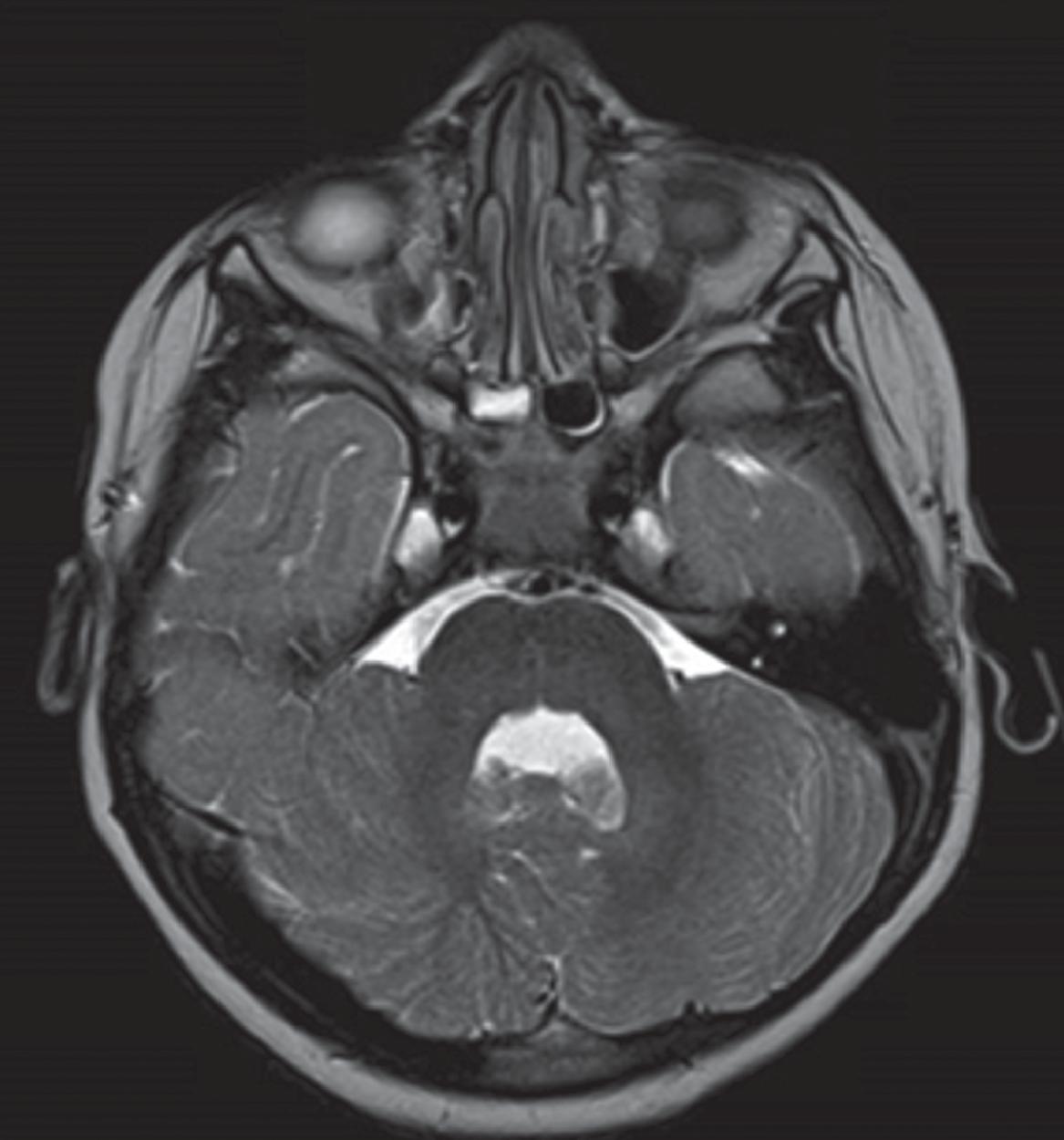
Prematurity—Germinal matrix hemorrhage can lead to symmetric or asymmetric hypoplasia.
Tubulinopathy—Malformation of basal ganglia.
PHACES—Hemangioma, arterial abnormality.
Tuberous sclerosis.
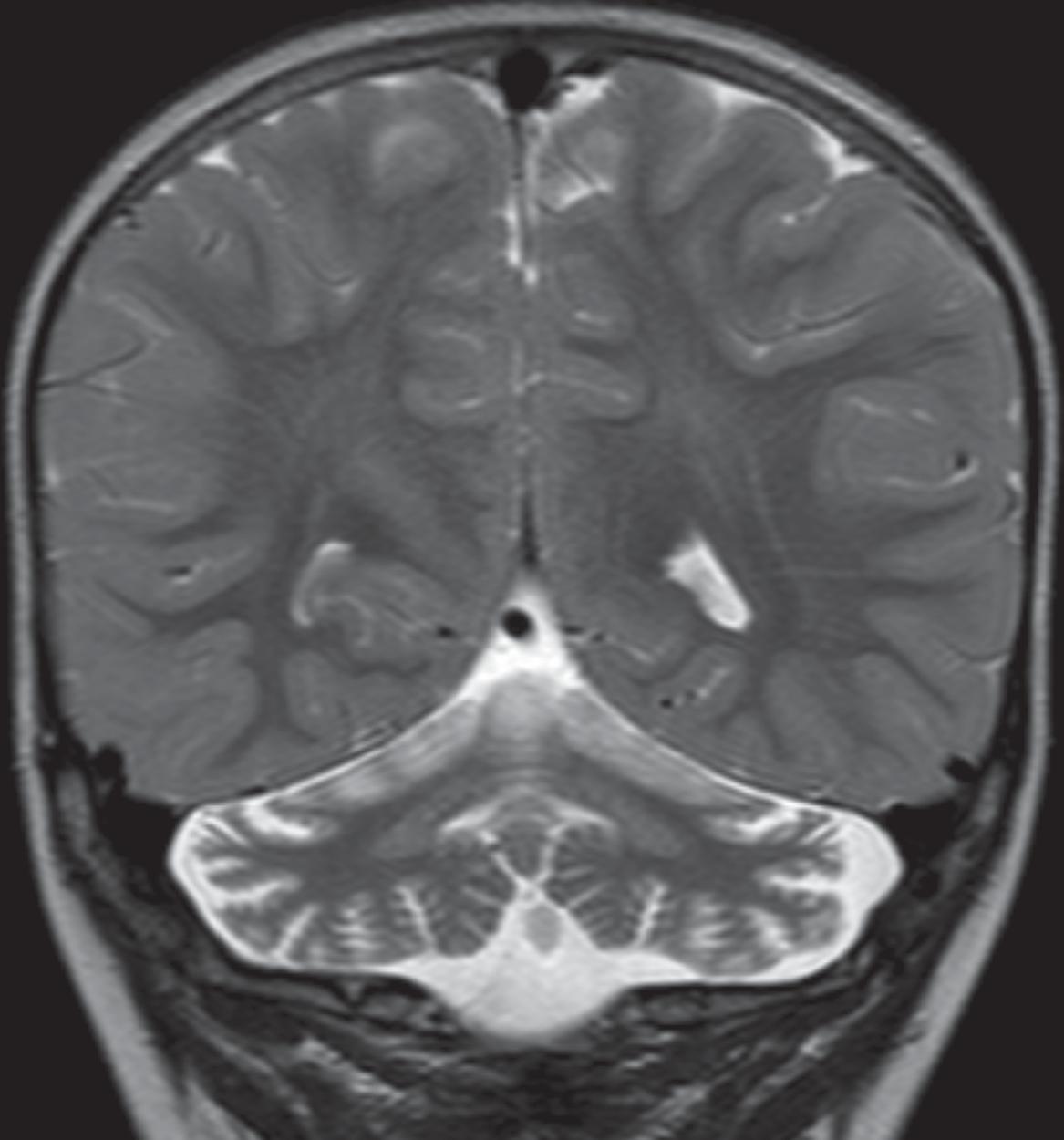
Neuronal ceroid lipofucinosis
Spinocerebellar ataxia
Congenital glycosylation disorder
Infantile neuroaxonal dystrophy
Ataxia telangiectasia
Medication toxicity
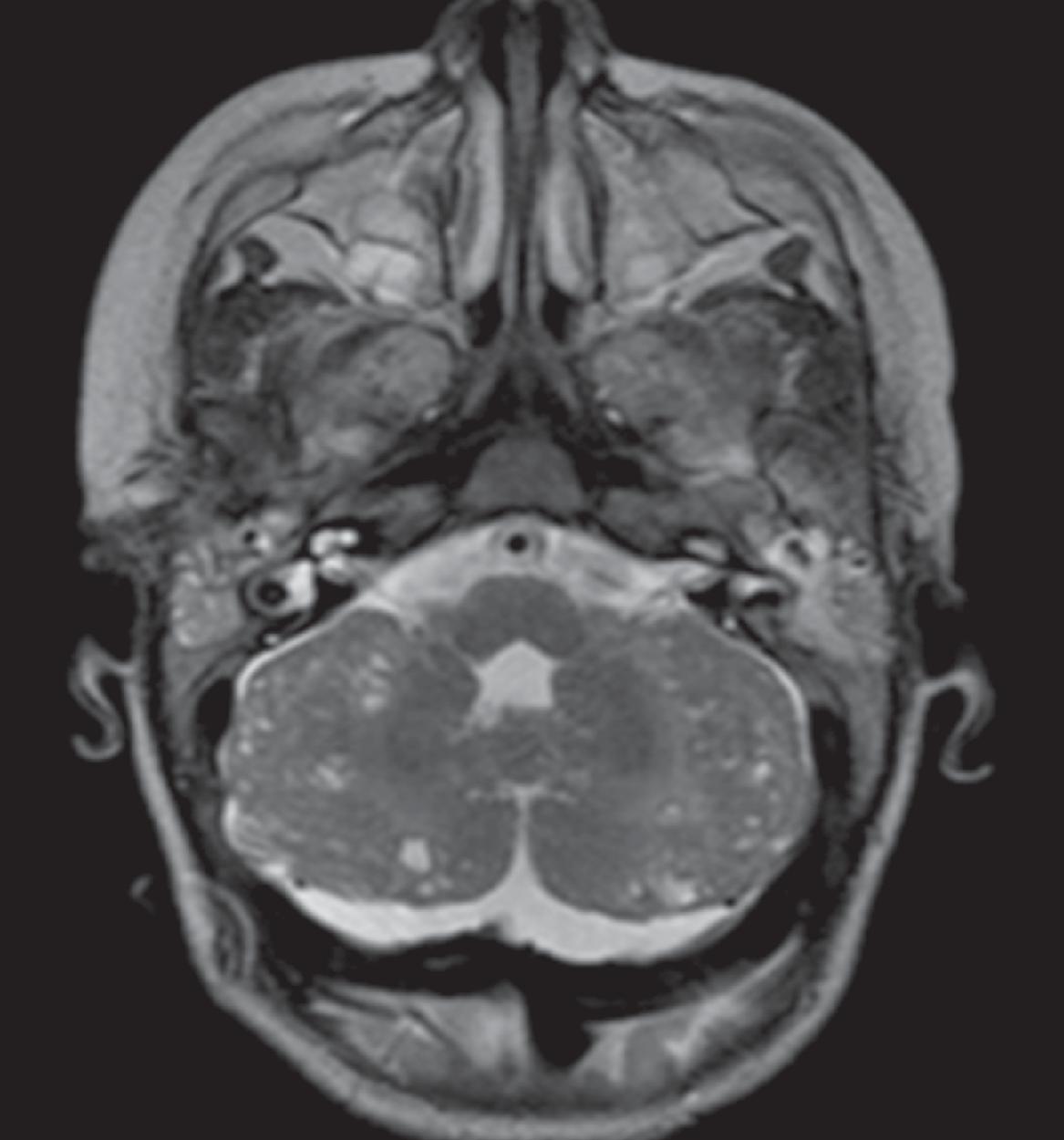
Alpha-dystroglycanopathies (e.g., Walker-Warburg)—Supratentorial cortical malformation similar to PMG, brainstem kinking, muscle and eye involved
GPR56 & COL3A1—Bifrontal PMG
Poretti-Bolthauser (LAMA1)—Retinal abnormality

Bilateral cerebellar germinal matrixhemorrhage
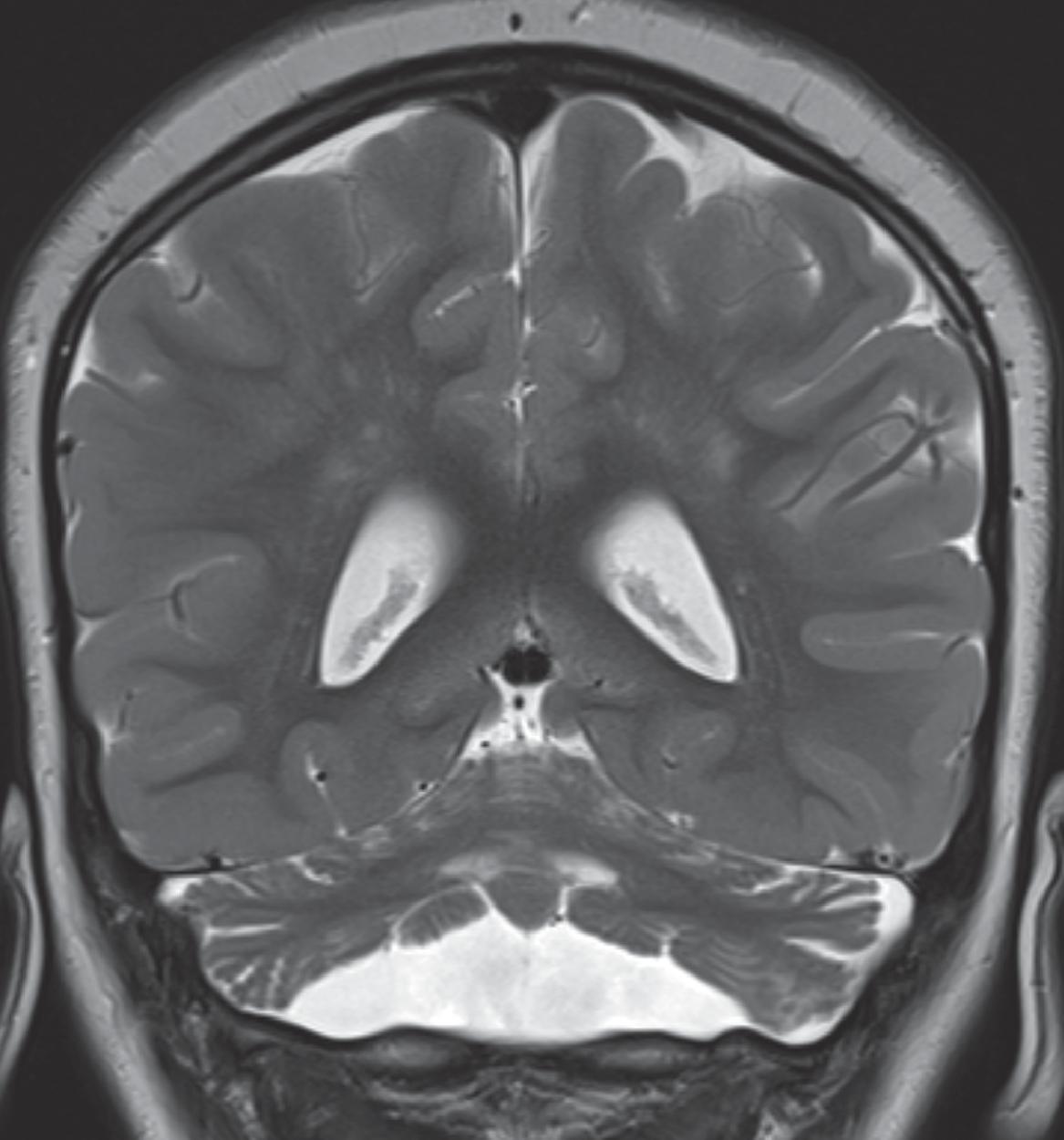
CASK—Simplified gyral pattern
VLDLR & Reelin-pachygyria/lissencephaly
Chudley-McCullough/GPSM2—Partial agenesis of corpus callosum, frontal PMG, heterotopia
1 DTI data in this section were postprocessed by using DTIStudio software (Johns Hopkins University, Baltimore, Maryland).









Scattered intracranial Ca 2+
Chorioretinitis and microphthalmia
Ventriculomegaly
Migration anomalies not a feature

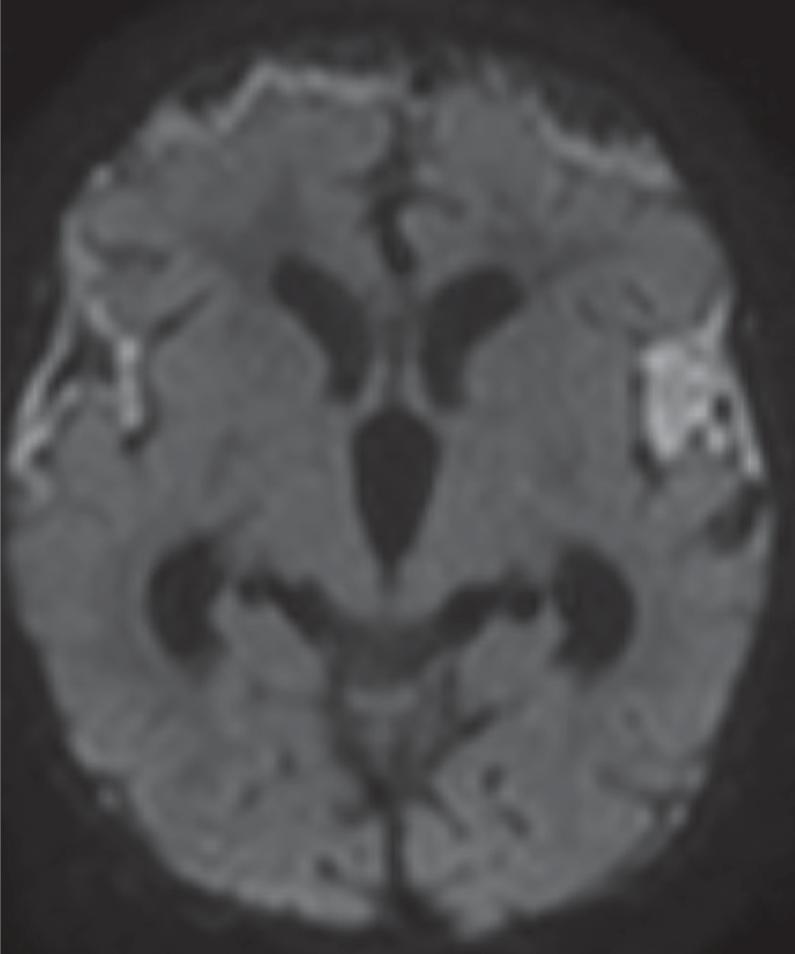
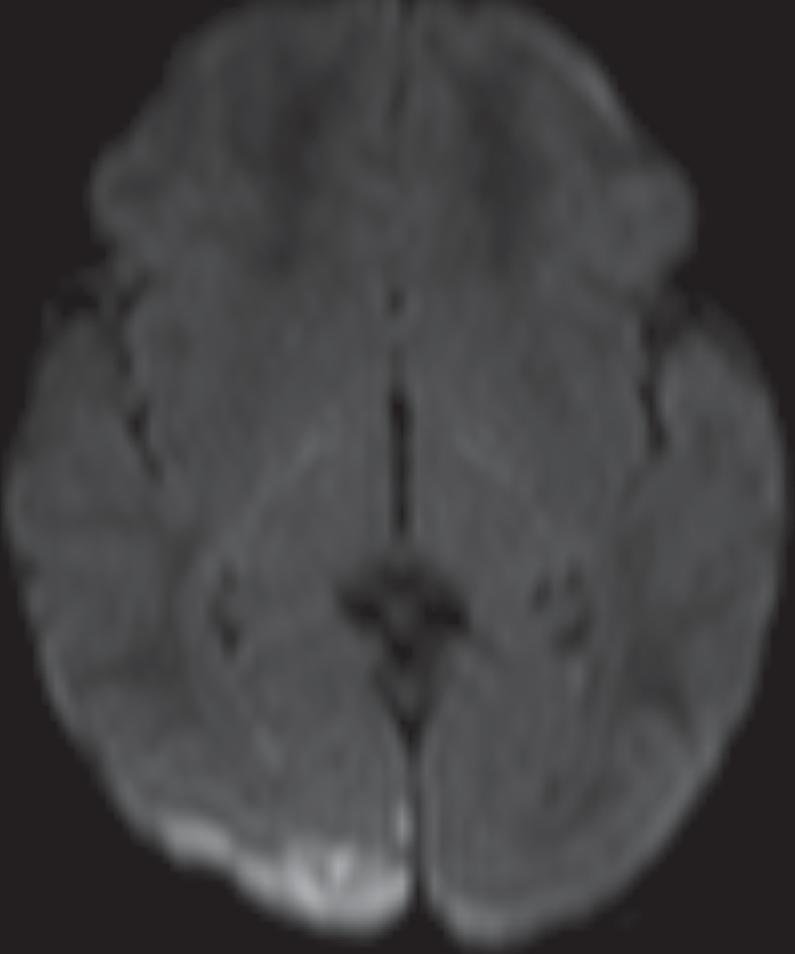
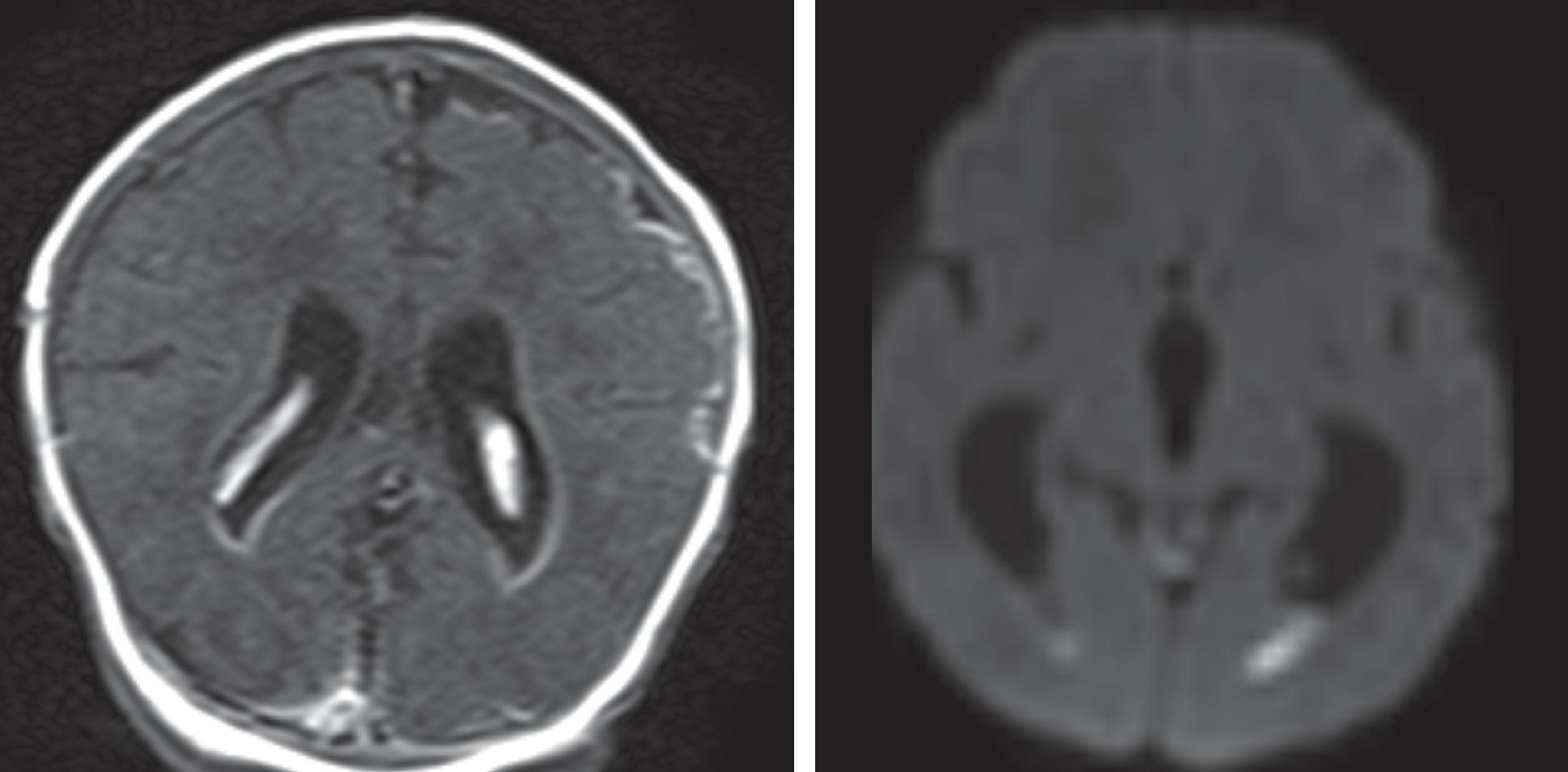
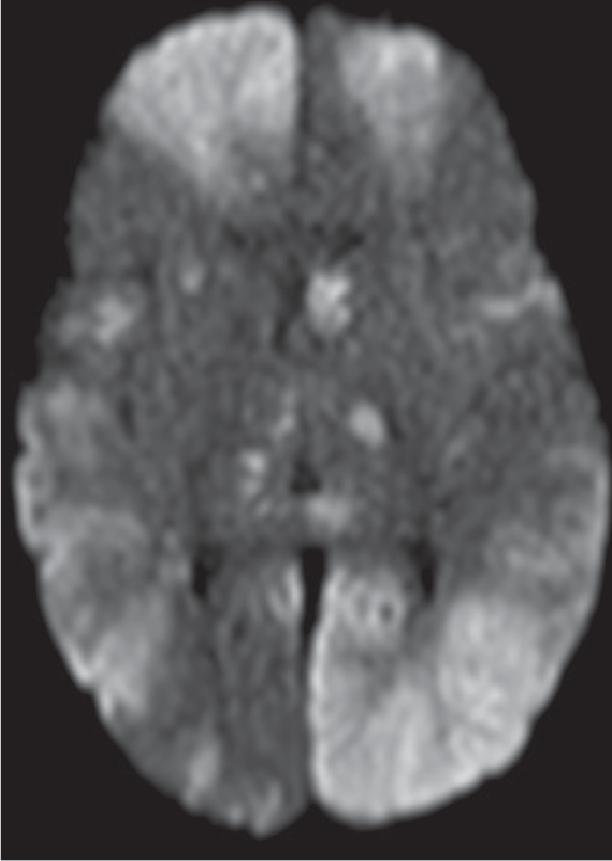
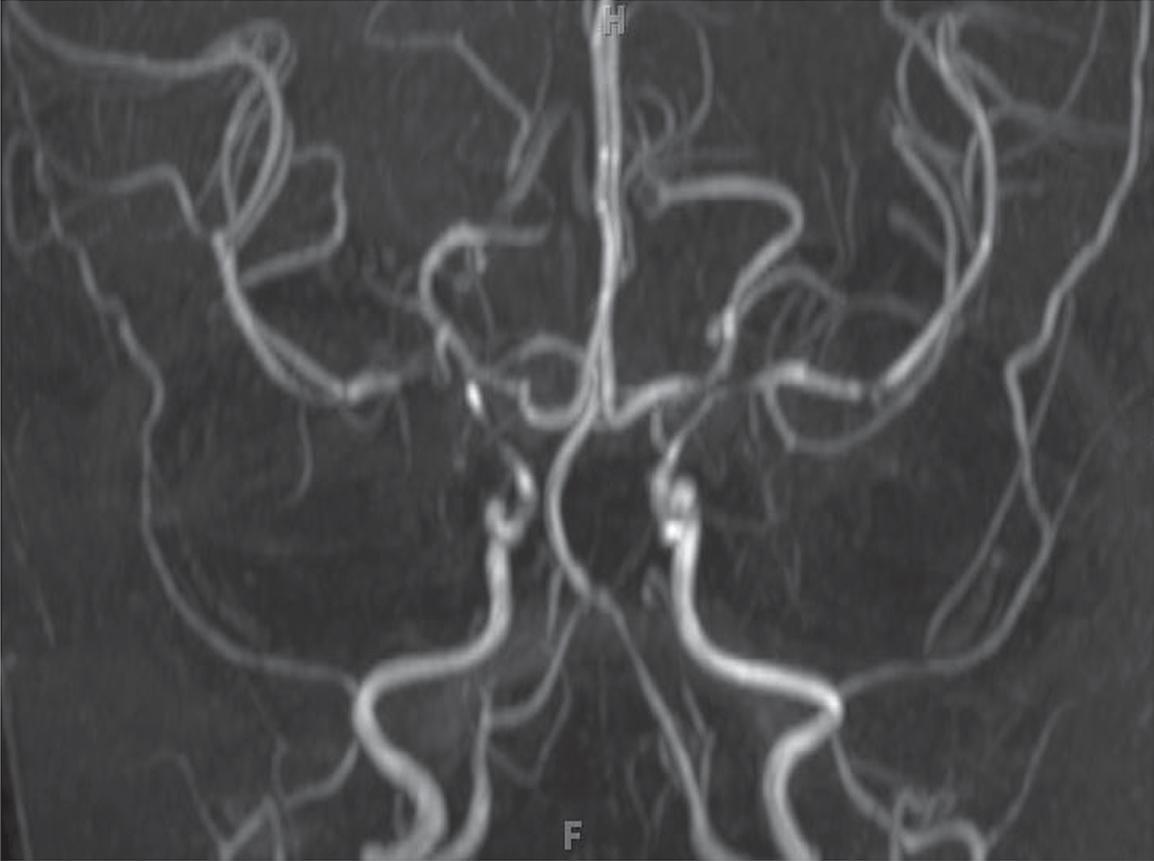
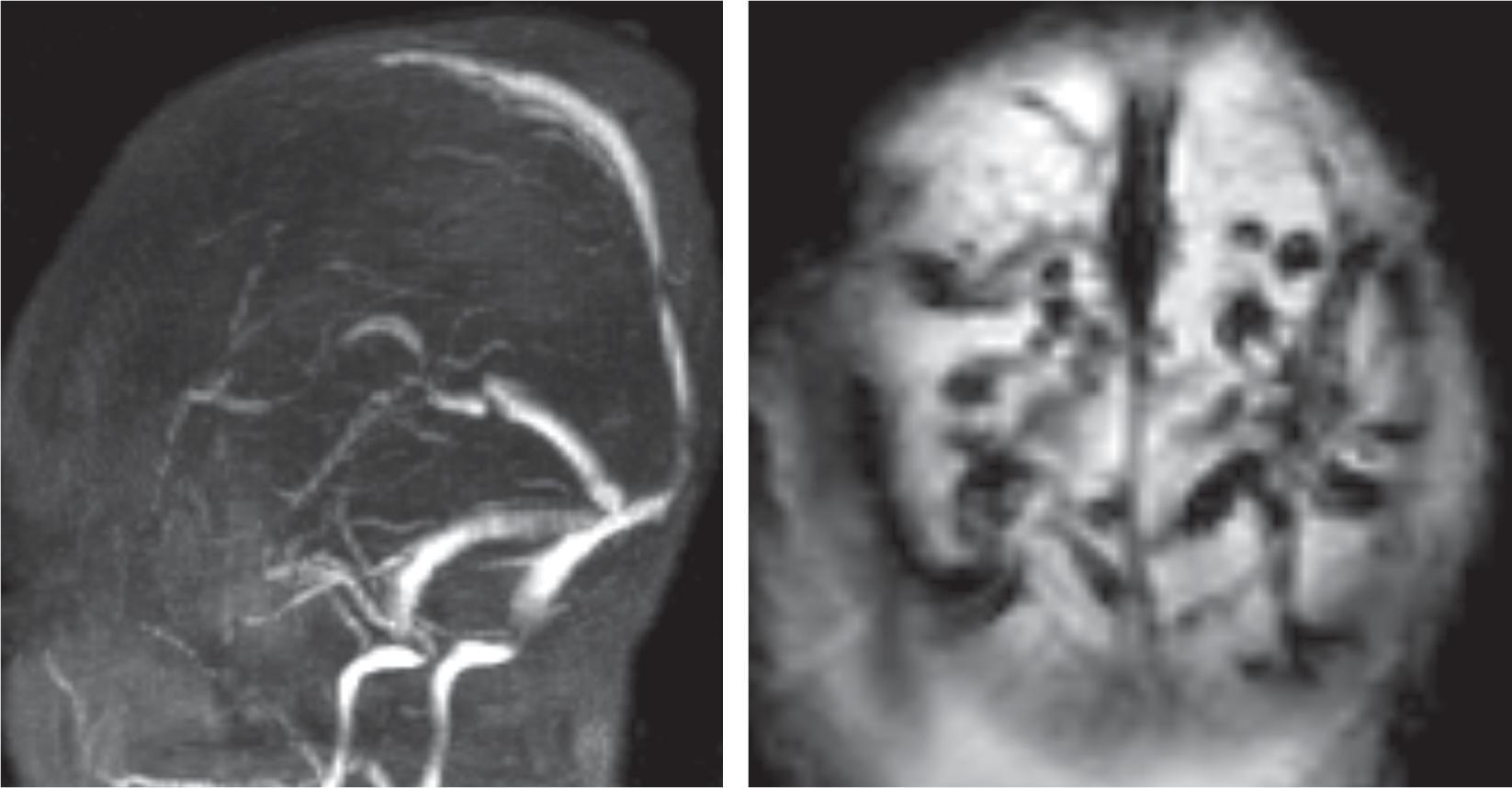
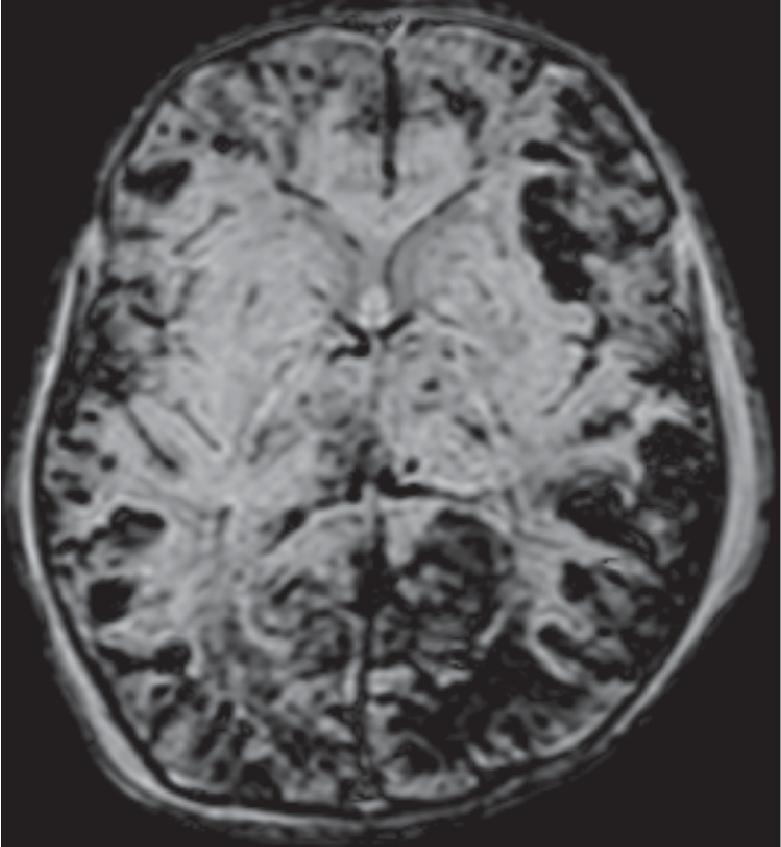
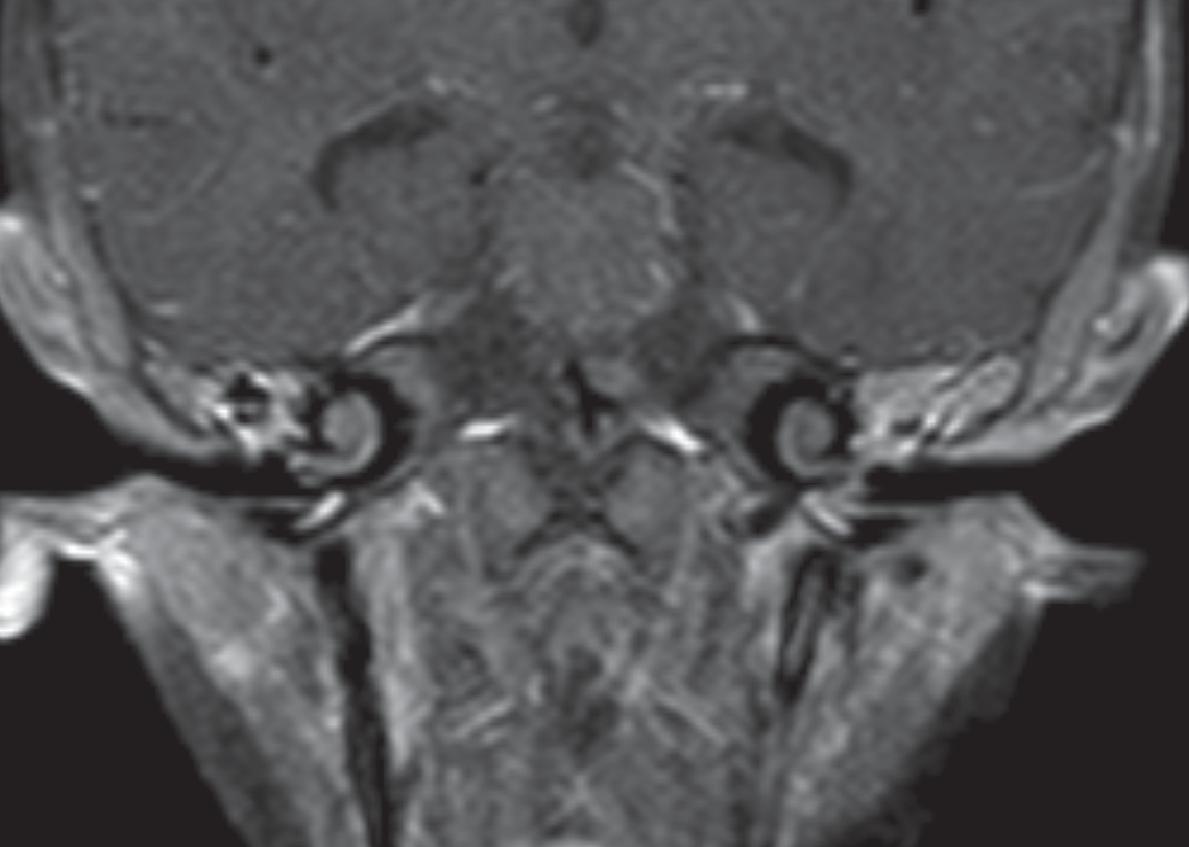
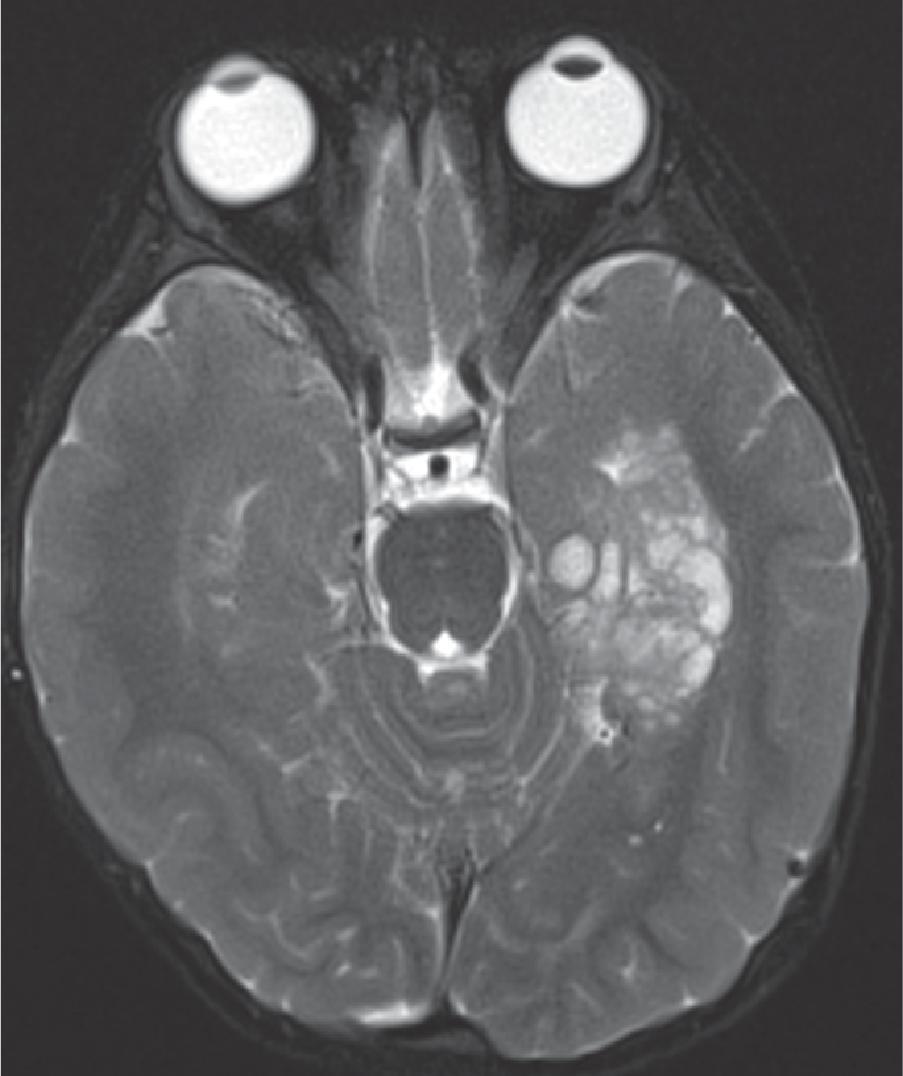

Sessile or pedunculated; large or small masses of the hypothalamus
Follows gray matter signal on all sequences
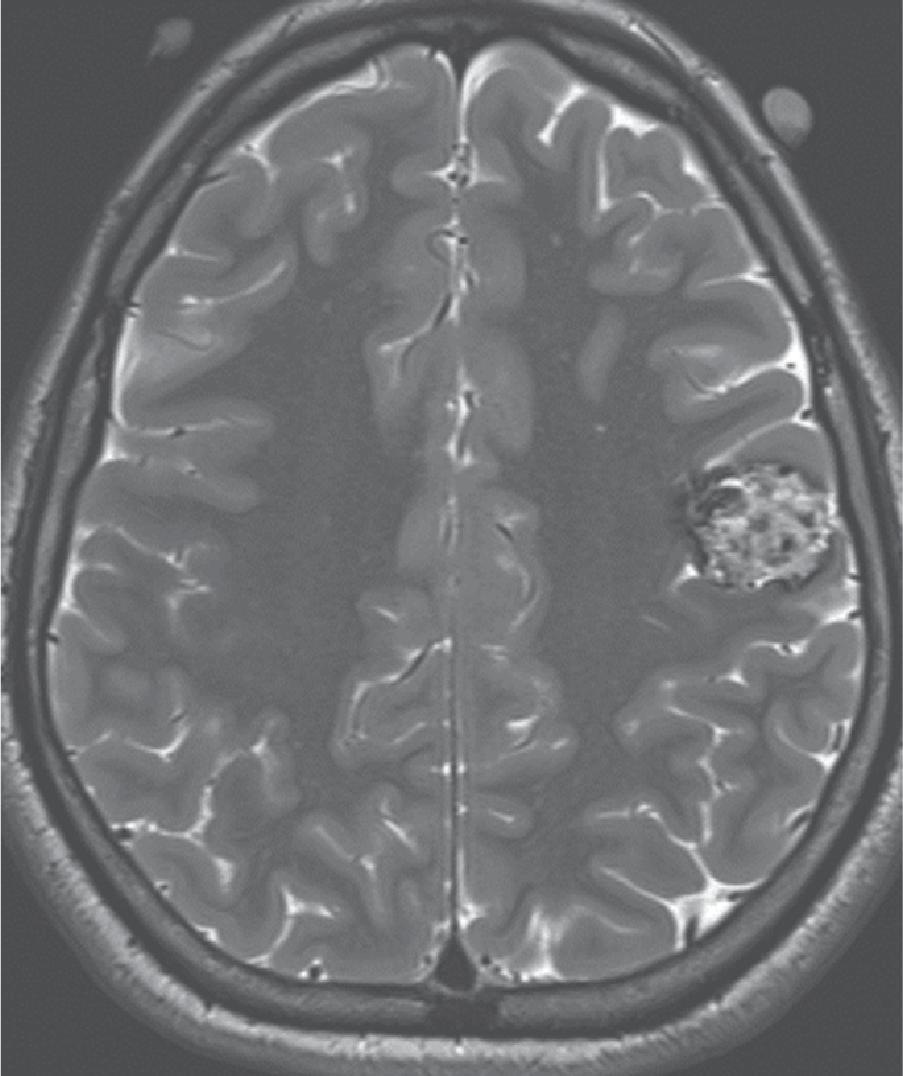
Heterogeneous T2W hypointense/T1W hyperintense
Susceptibility with hemosiderin ring
Associated with developmental venous anomaly in ~25% of patients
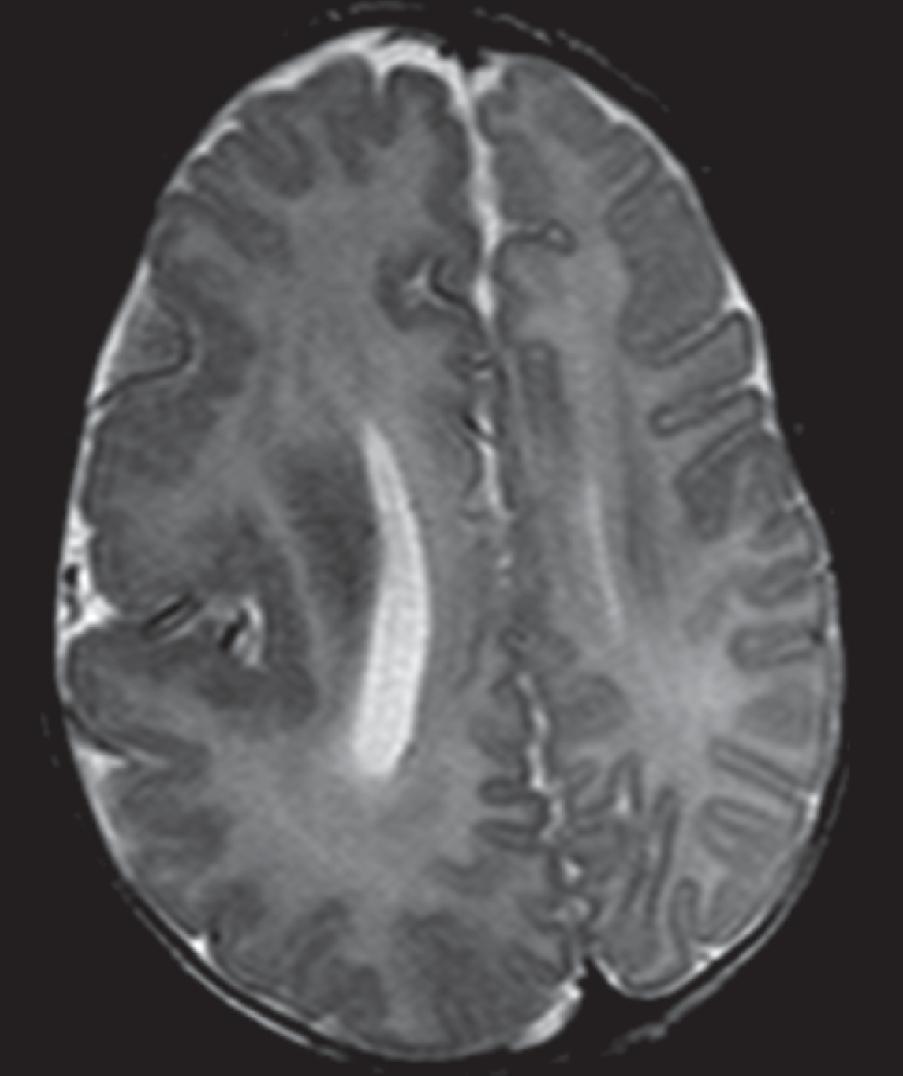
A wide variety of cortical malformations, including polymicrogyria, heteroropia, lissencephaly, hemimegalencephaly, etc., may cause epilepsy.

Focal cortical dysplasia (FCD) type I, II and III.

Cortical insults of any etiology may eventually cause epilepsy, including from prior infection or infarct.
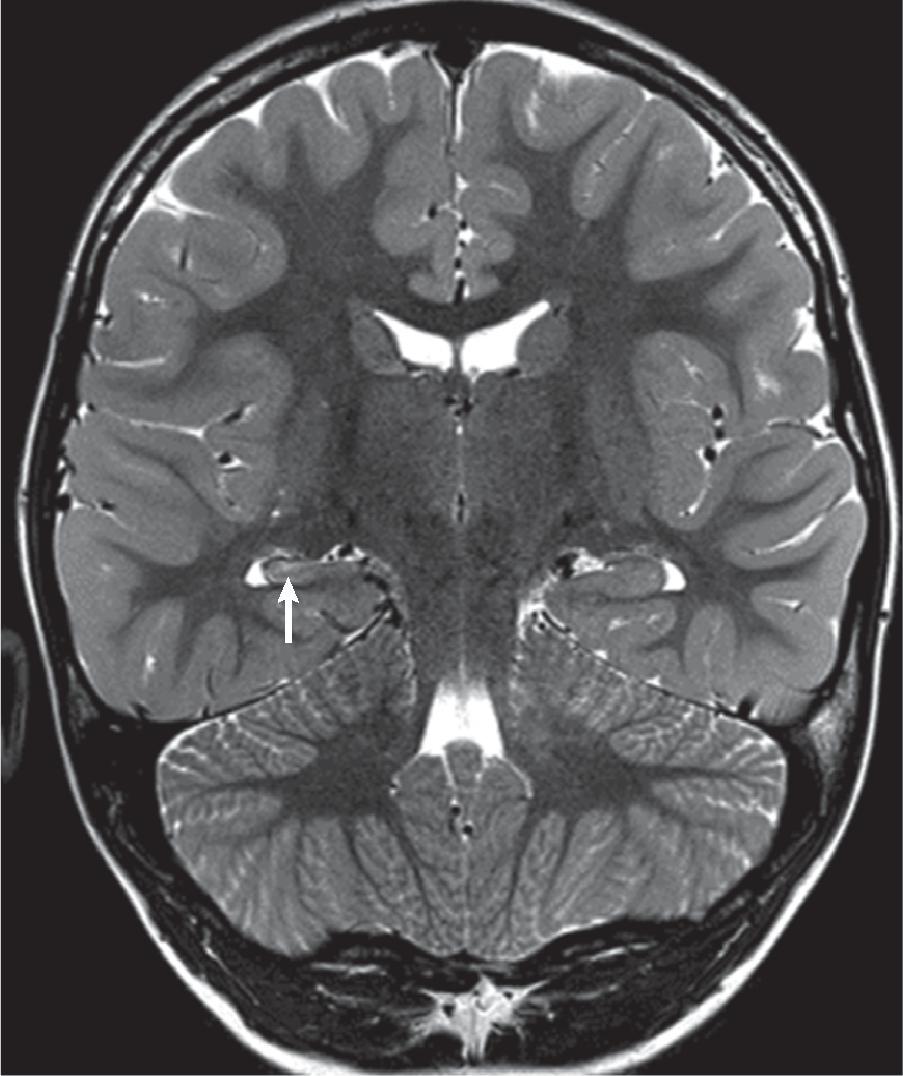
T2W hyperintensity, volume loss, and loss of internal architecture
May be unilateral or bilateral
Ipsilateral volume loss of the fornix and mamillary body can be seen
Can occur in conjunction with cortical dysplasia
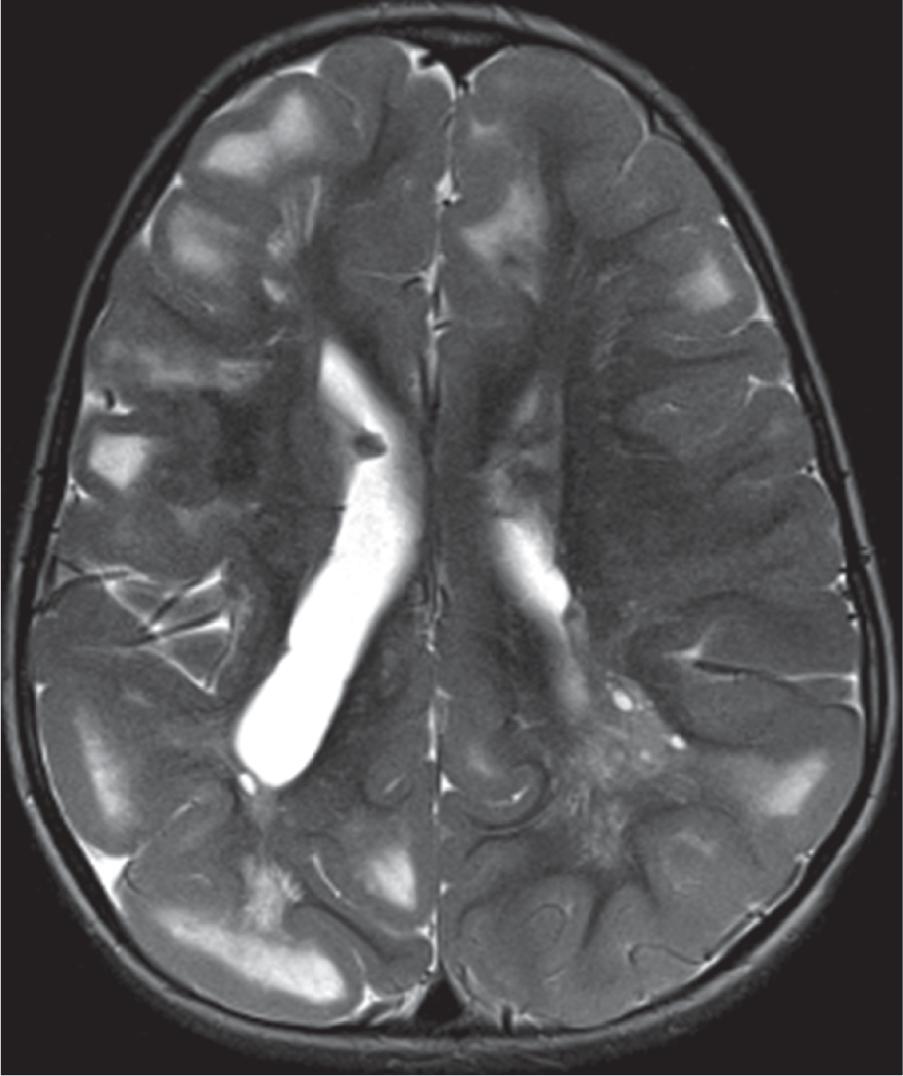

Progressive hemispheric volume loss typically involving frontal, temporal and insular lobes with T2 signal abnormality

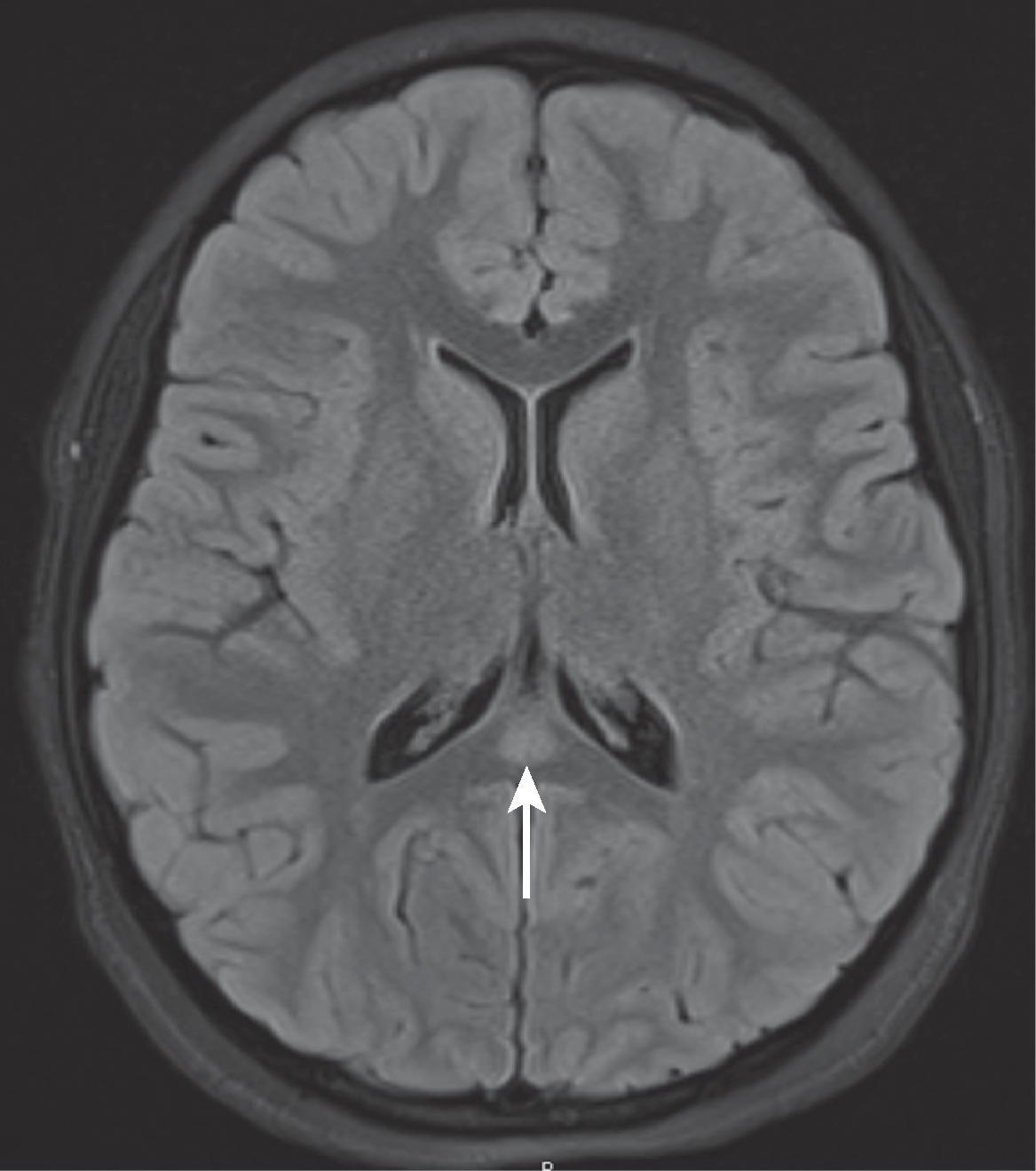
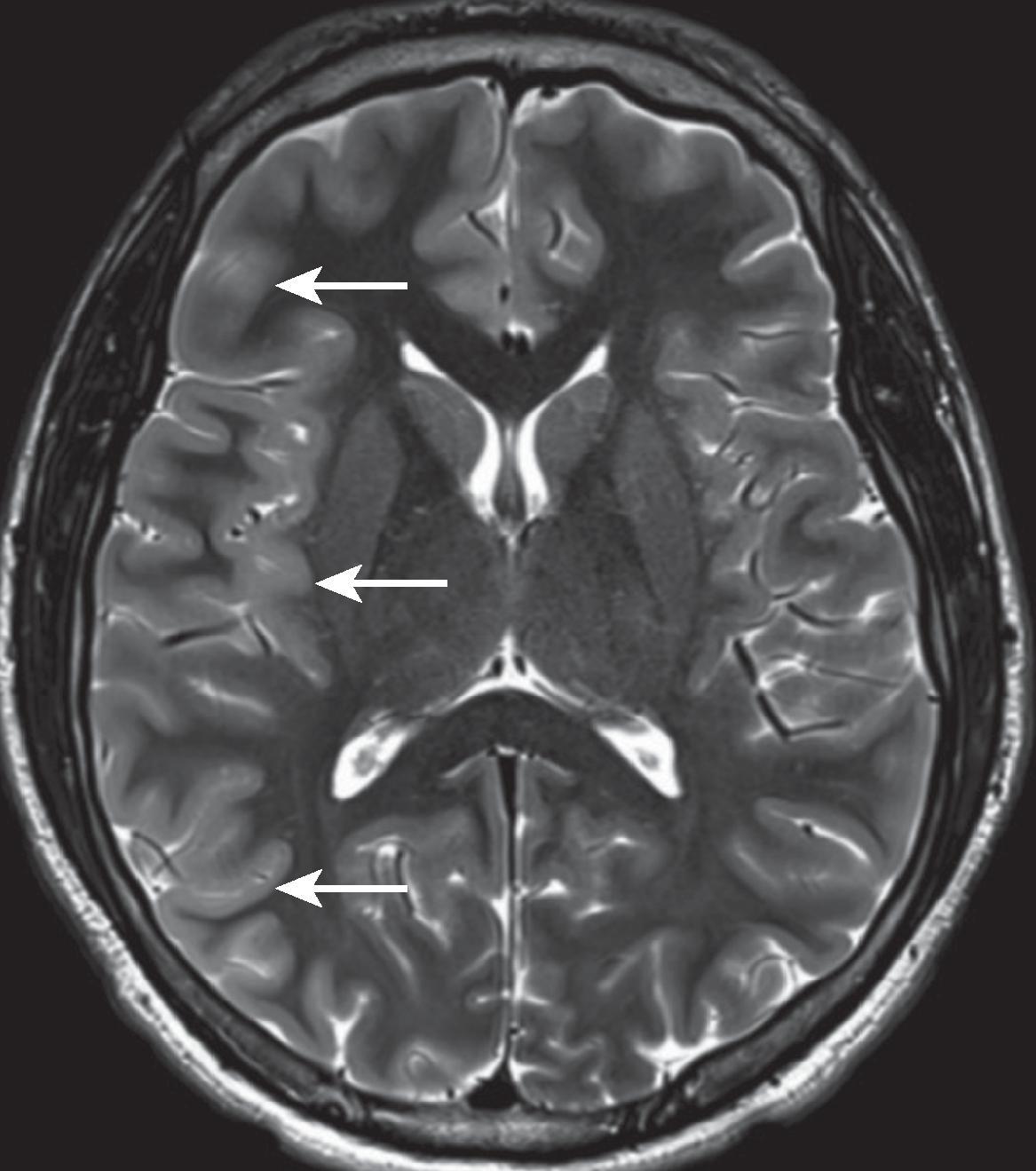
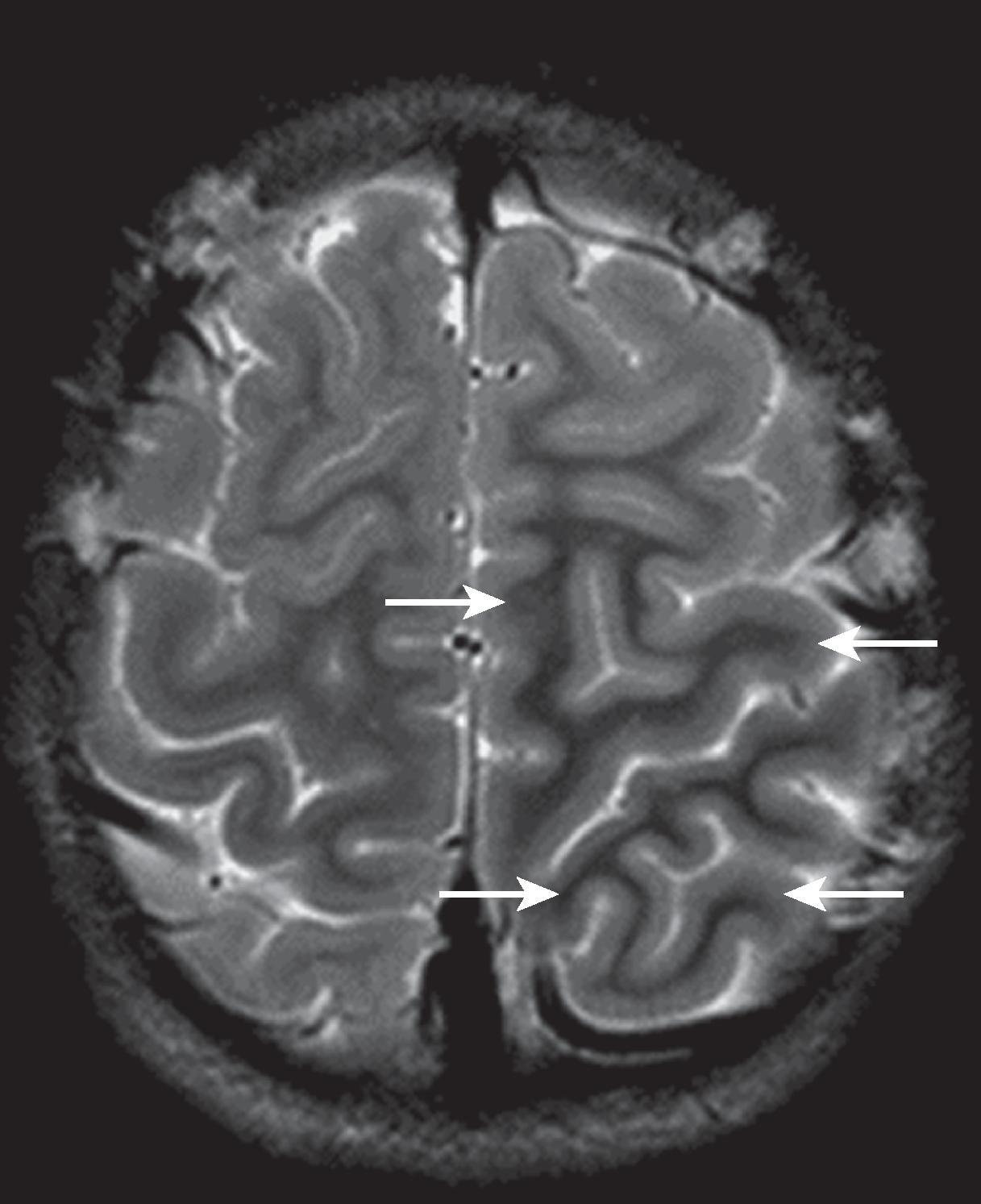
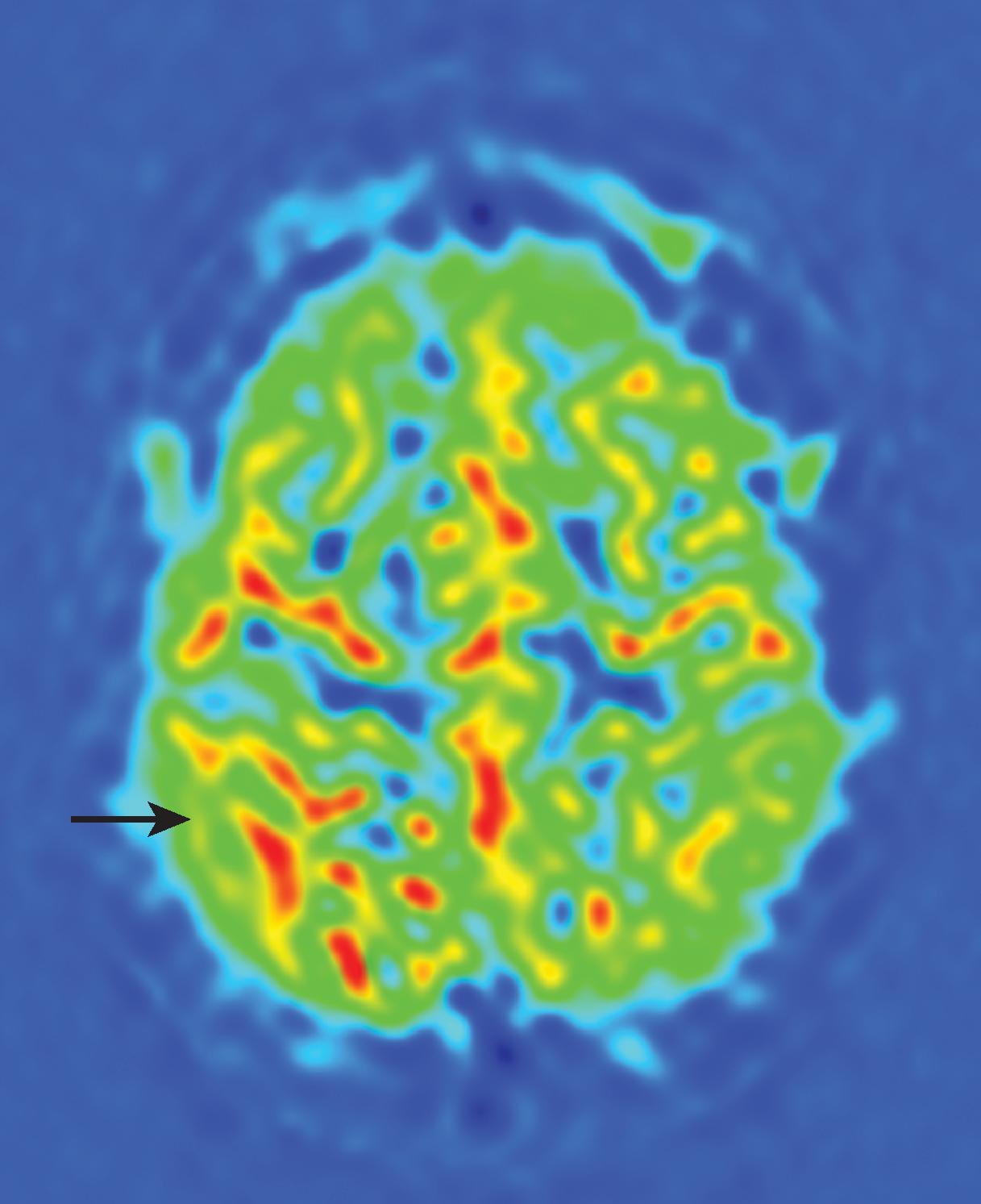

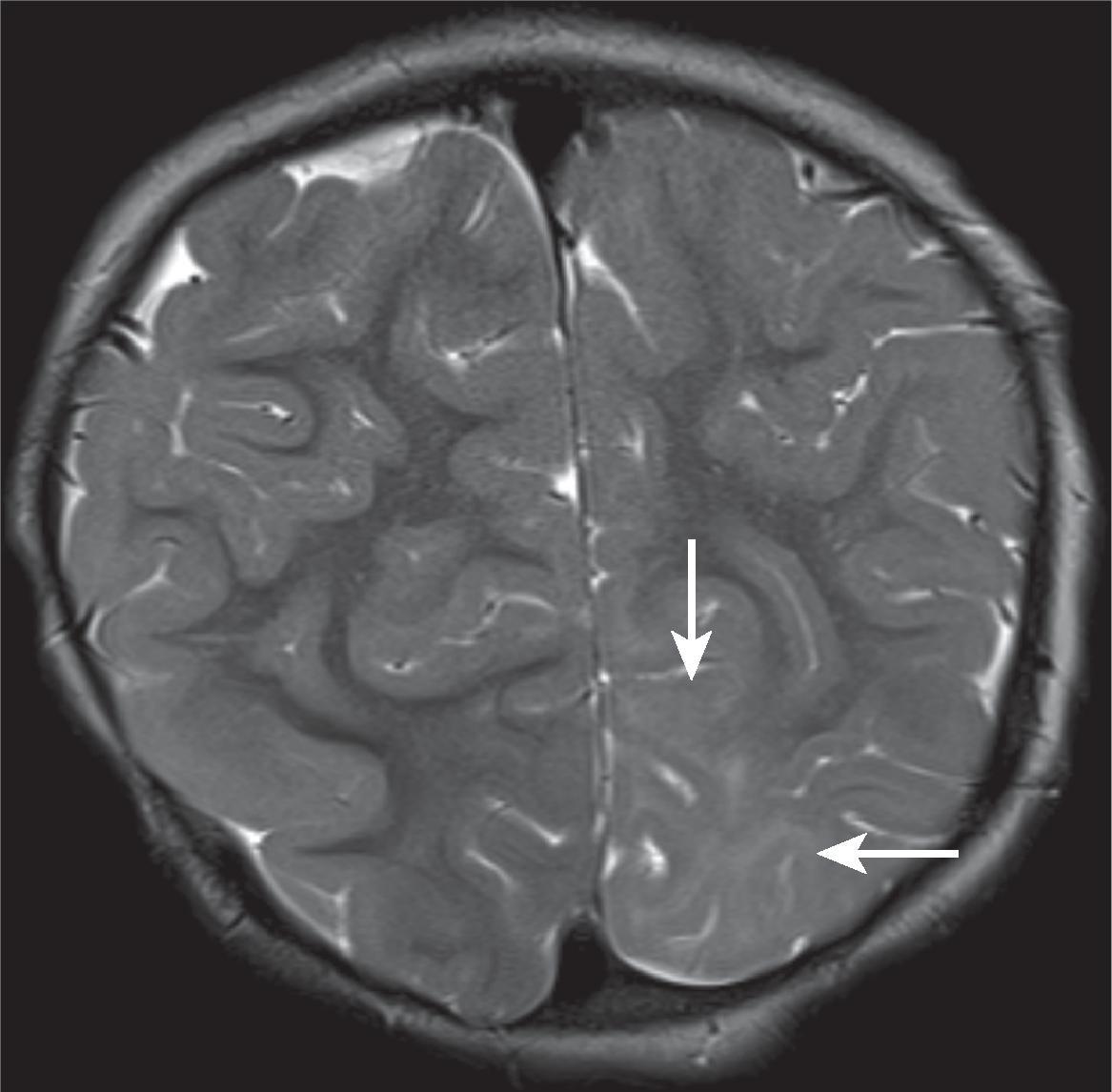
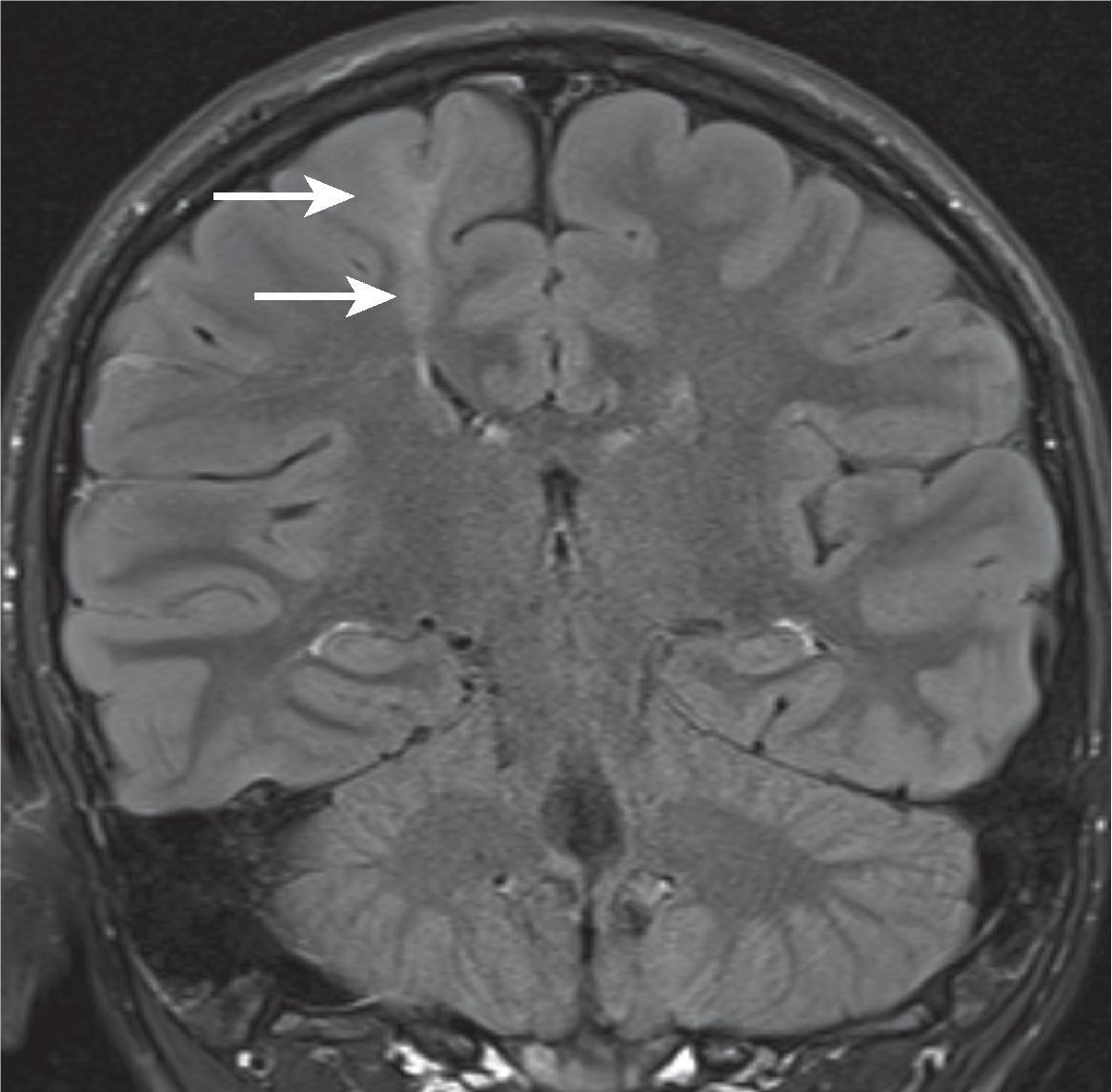
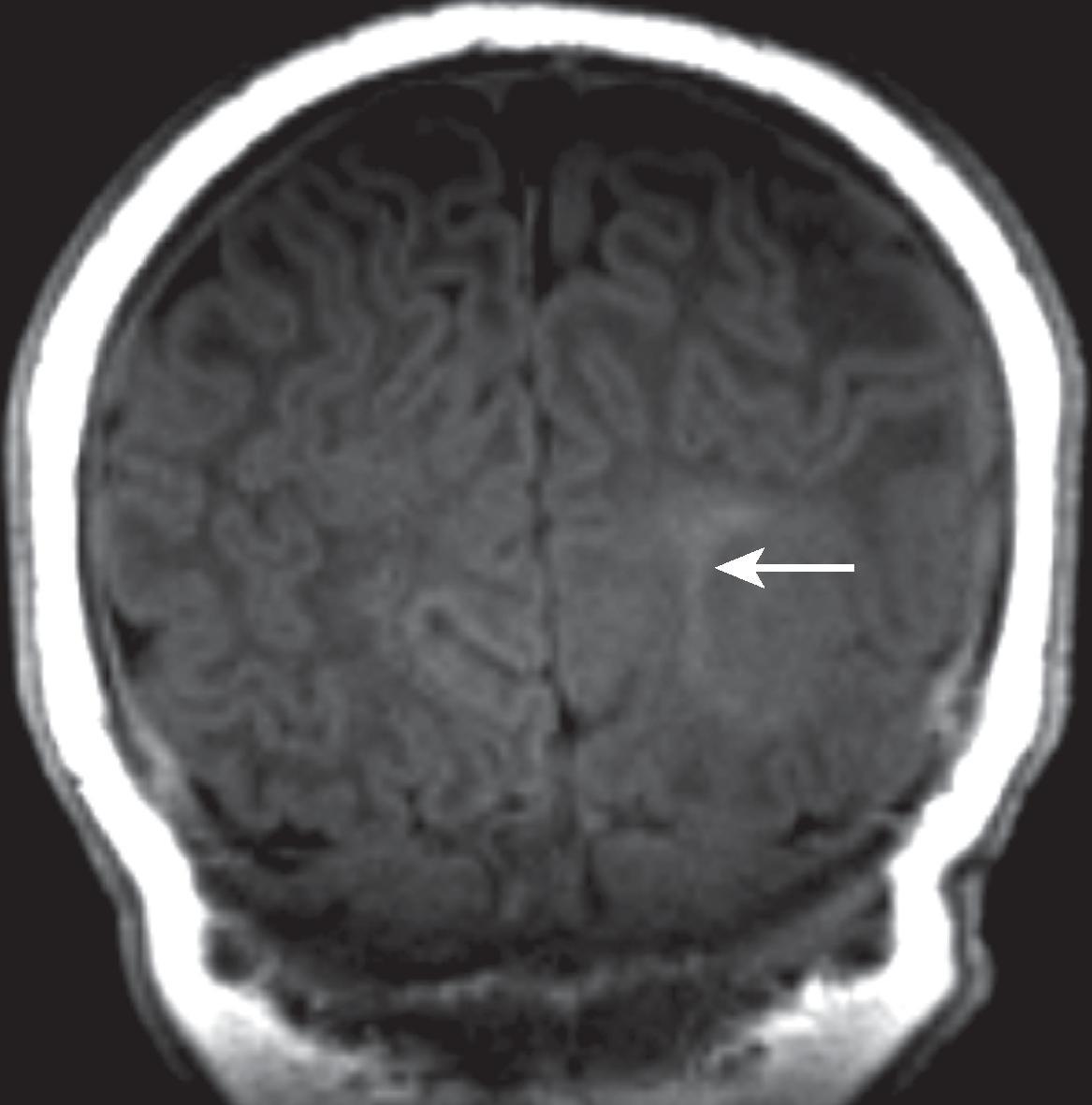
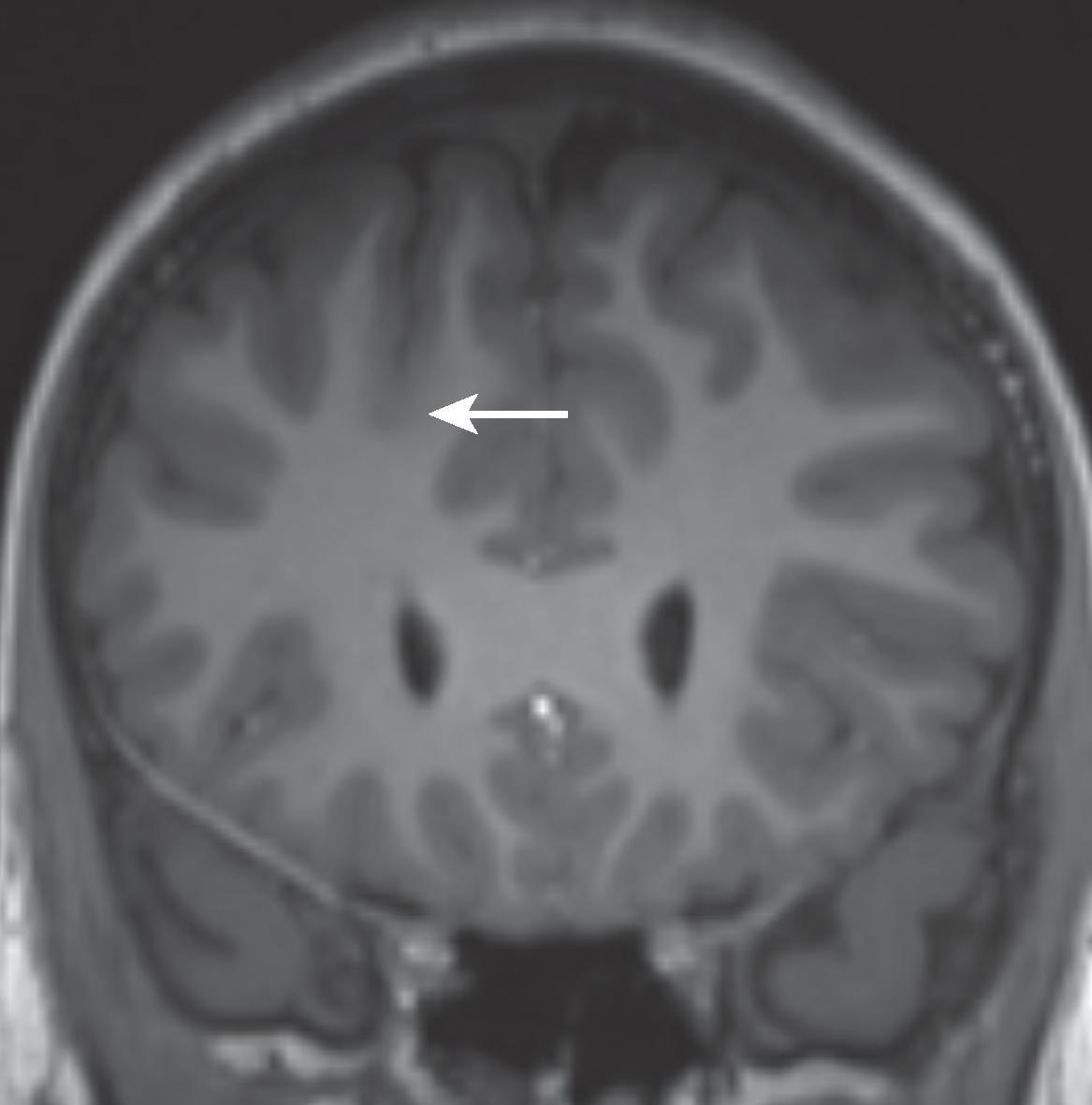
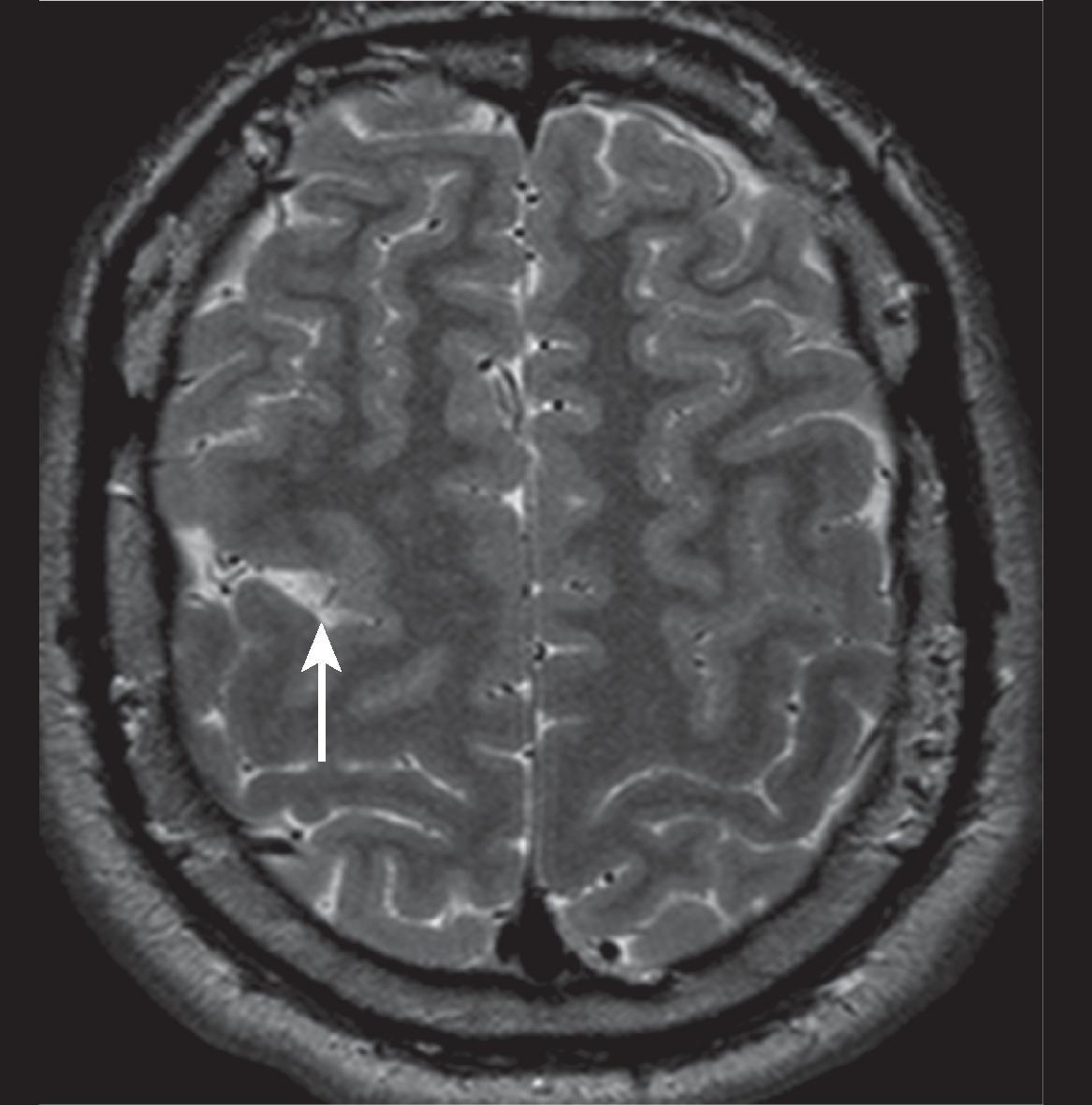
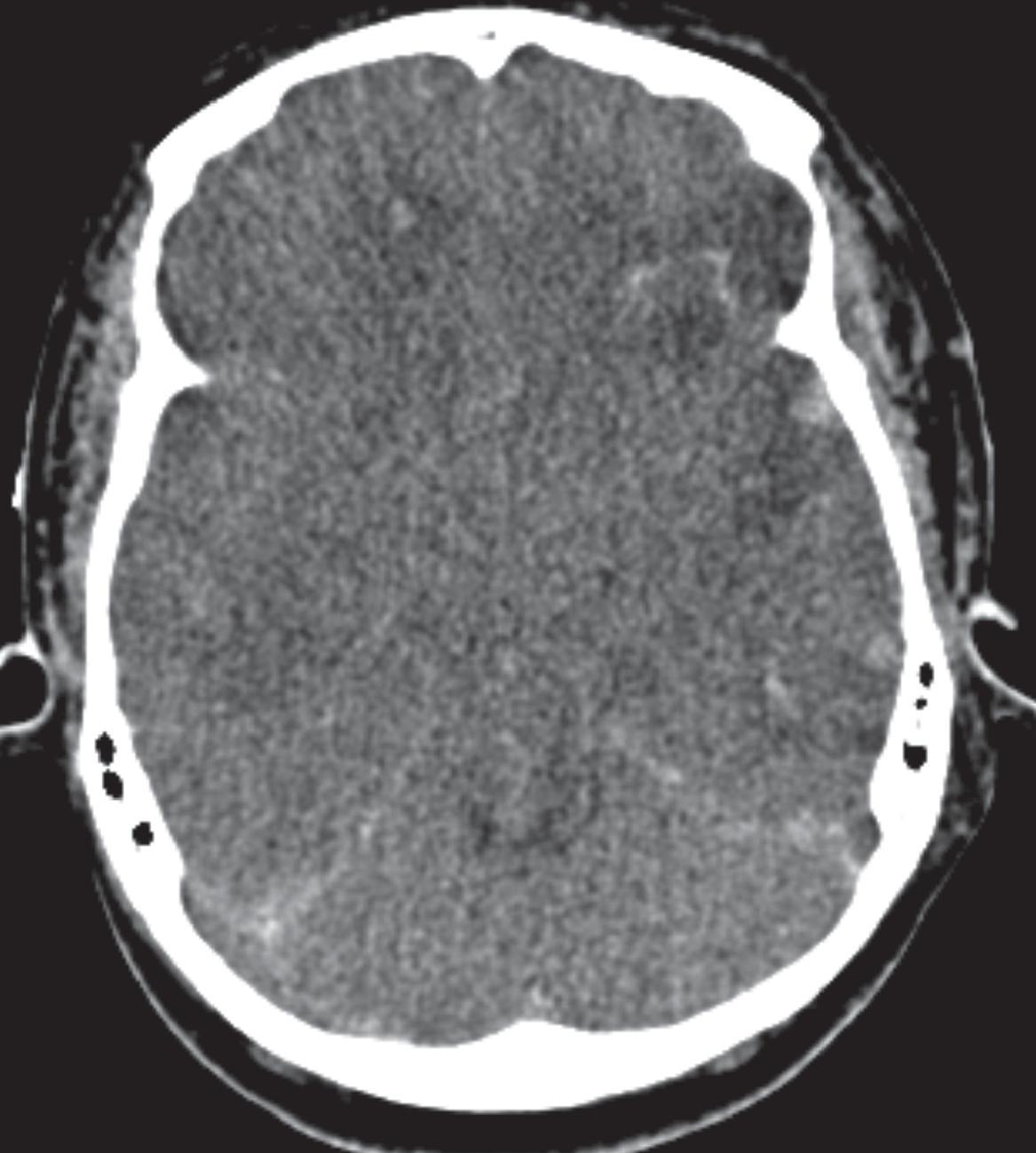
Parenchymal contusions commonly frontal and temporal
Diffuse axonal injury commonly found in the corpus callosum, subcortical white matter and less commonly the basal ganglia and brainstem
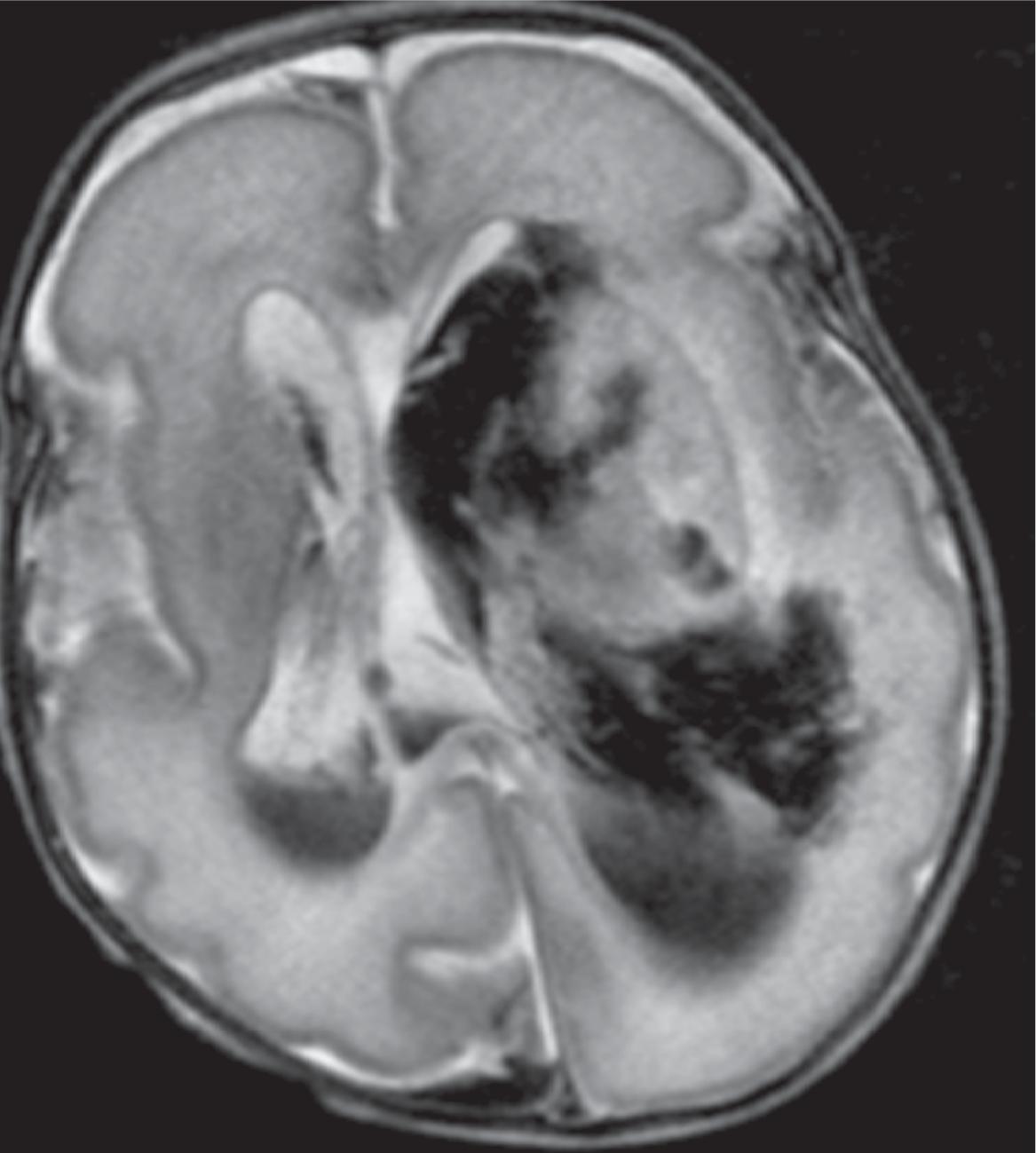
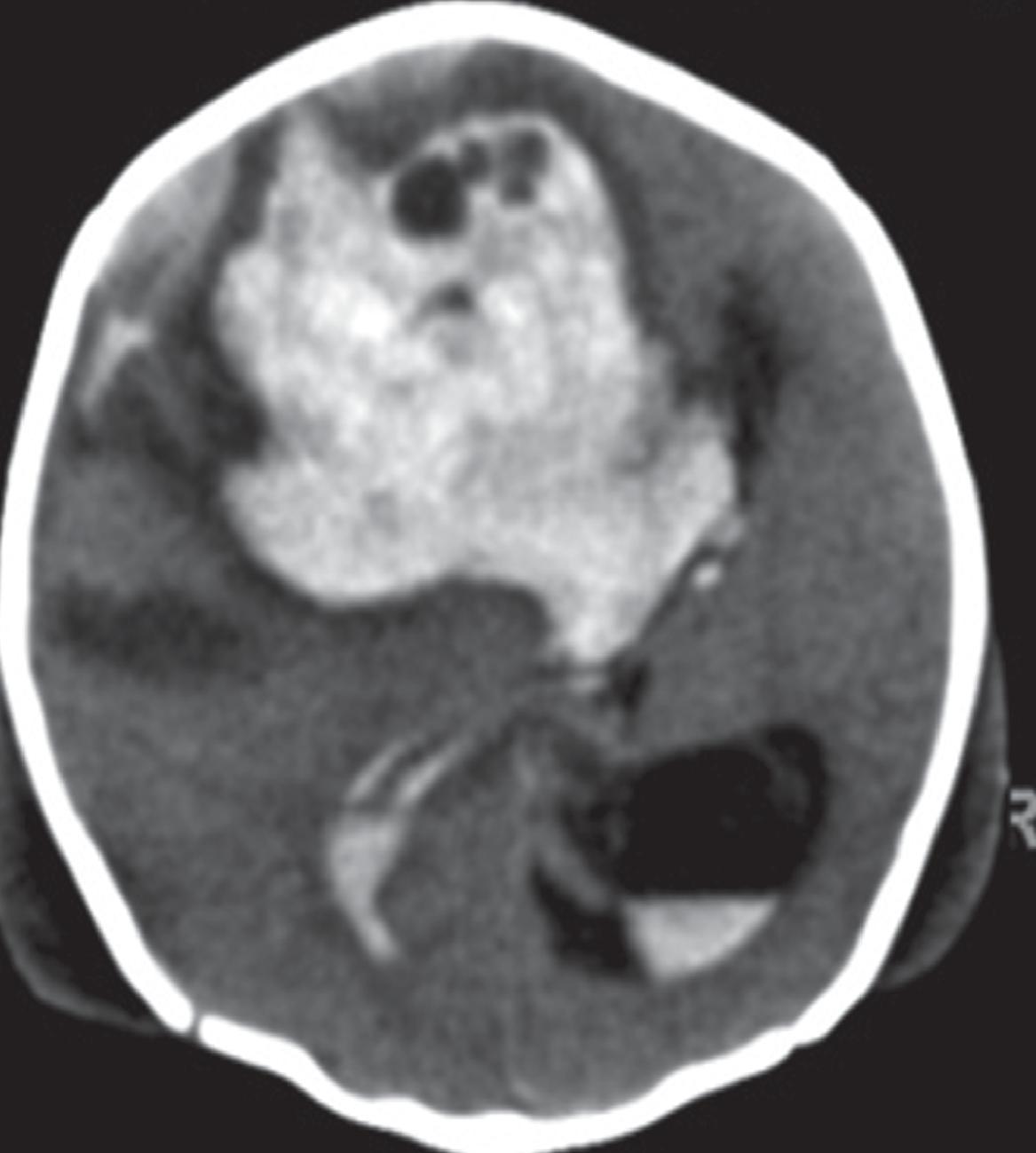
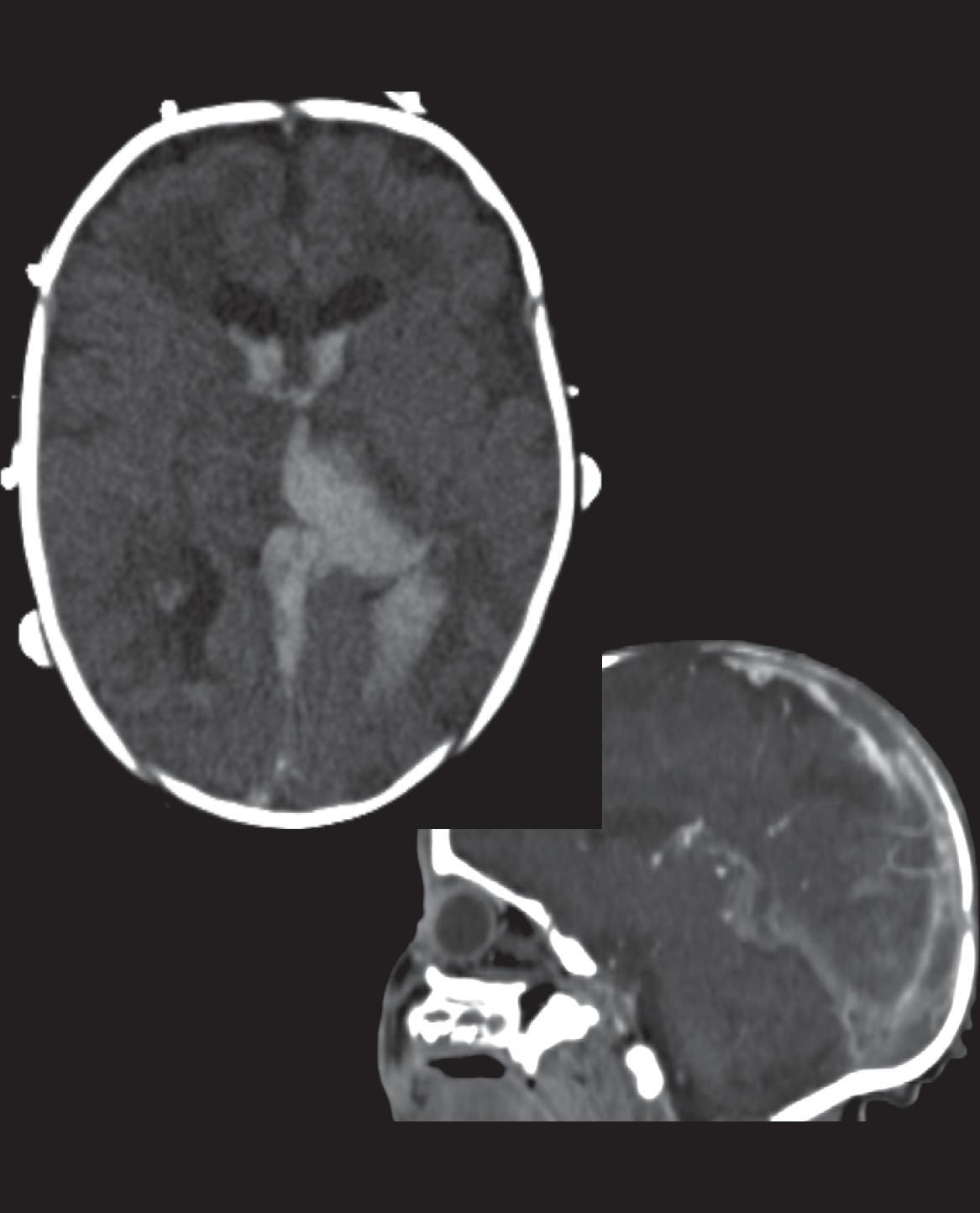
Infection
Fluid/electrolyte imbalance
Autoimmune disorders
Prothrombotic factor (e.g., protein C and S, factor V Leiden, etc.)
L-asparaginase medication
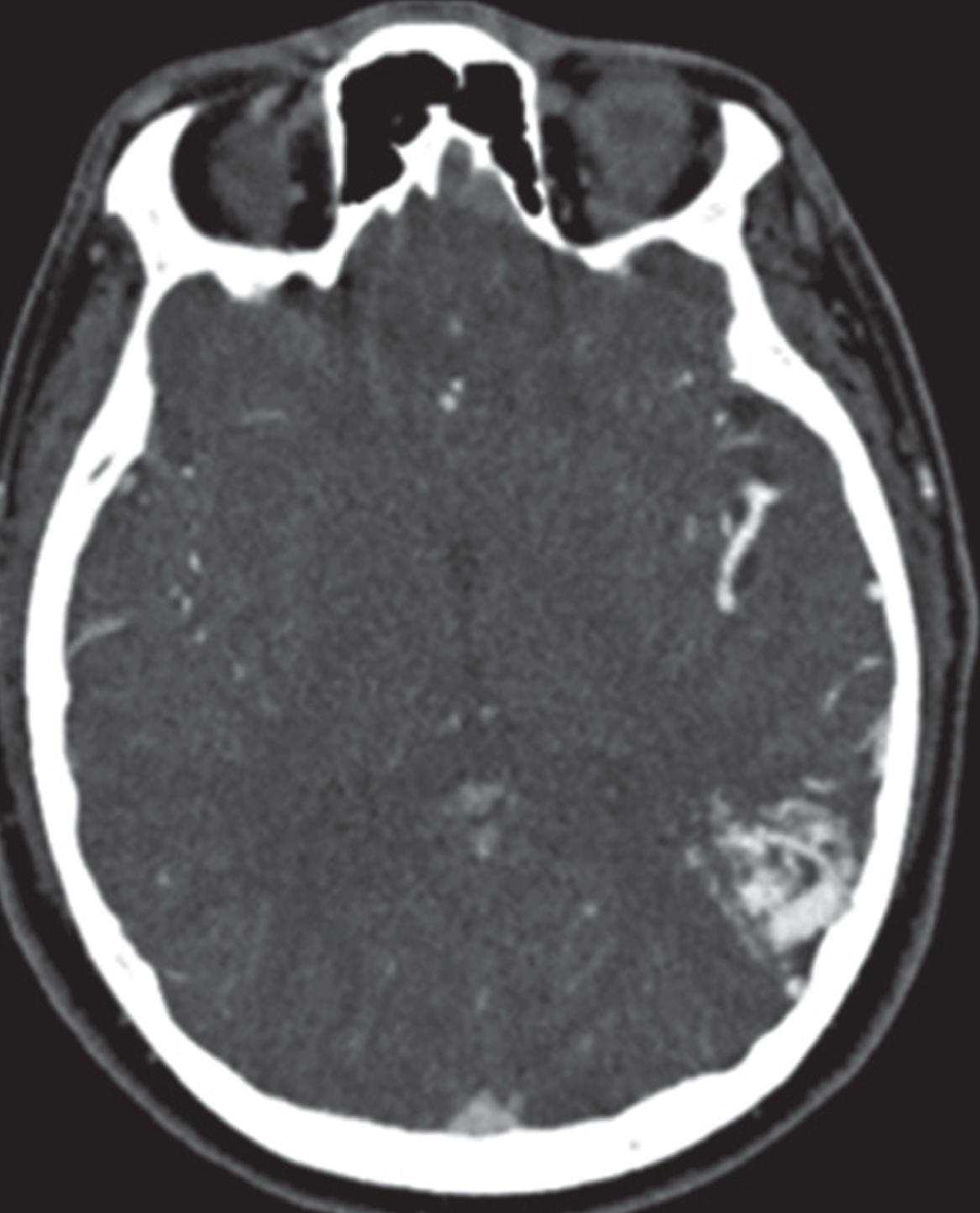
AVM
AV fistula
Cavernoma

Become a Clinical Tree membership for Full access and enjoy Unlimited articles
If you are a member. Log in here